REVIEW – GERMAN MAGIC, THE LEICA 50MM NOCTILUX F/1.0
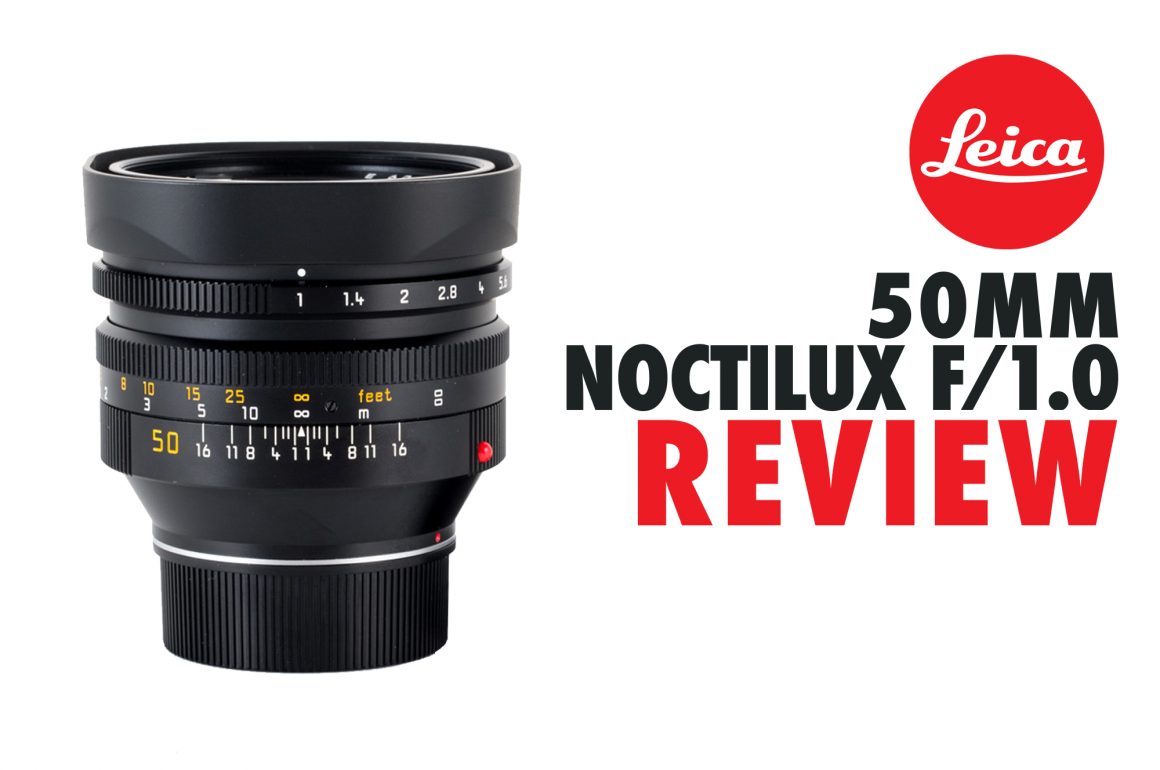
INTRO:
It’s hard to own a Leica camera and not be at some point swept up into the mystical and, eventual lust, for the legendary speed and character of the Leica Noctilux.
The Noctilux line of lenses has an almost mythical status to them; being incredibly sharp, even wide open, and have such a unique and very distinguished look, all whilst allowing the photographer to shoot almost in the dark. This, coupled with the tale that the glass for the lenses is prepared in underground ovens for a number of years, just adds to its extremely coveted status.
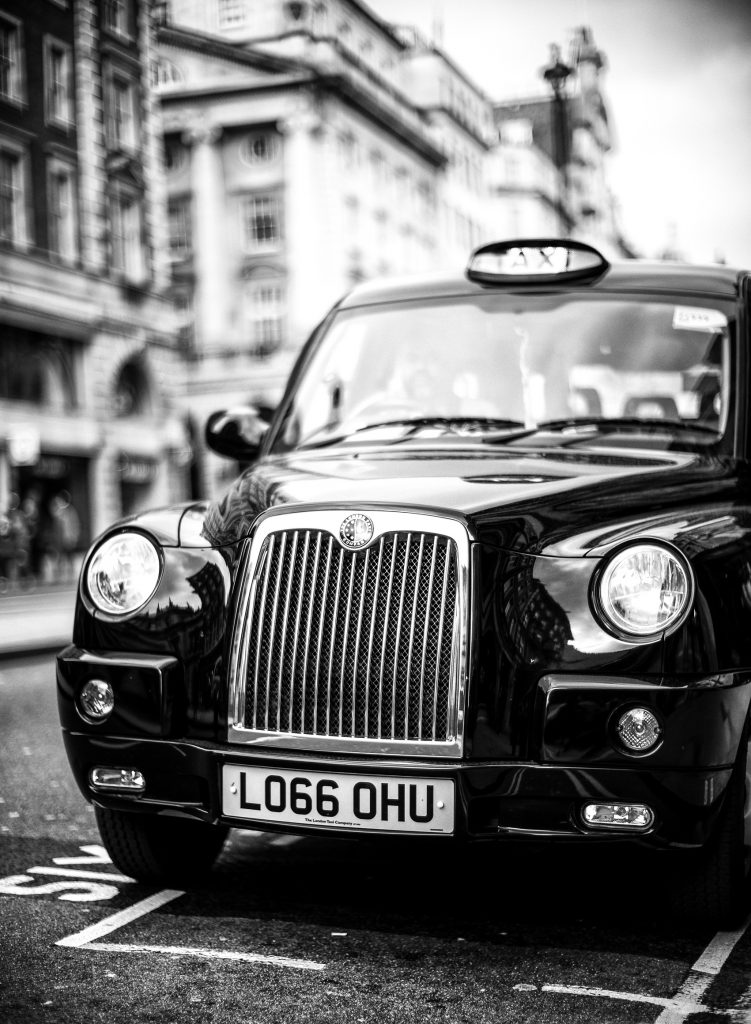


CONTENT:
I’ve always wondered what the meeting must have been like when the designers of the first Noctilux, Helmut Marx and Paul Sindel pitched the idea to the executives at Leica! They wanted to make the world’s first low-light 50mm lens for a 35mm camera with exotic glass that had to be hand polished over and over again with the tiniest tolerances and sold at a cost far beyond anything else on the market! Easy right?!
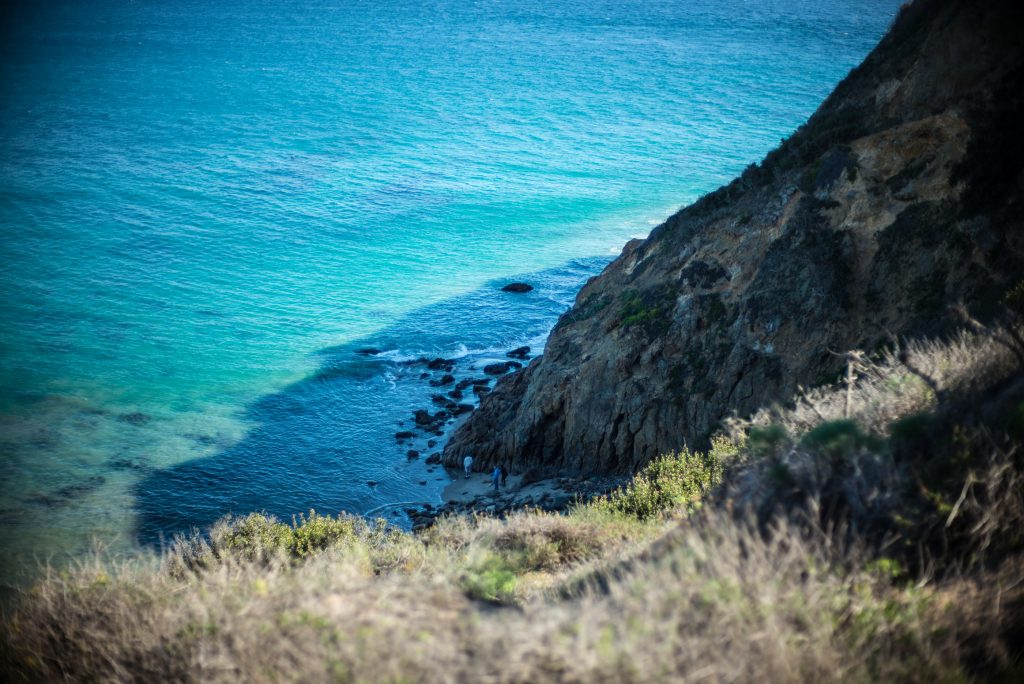
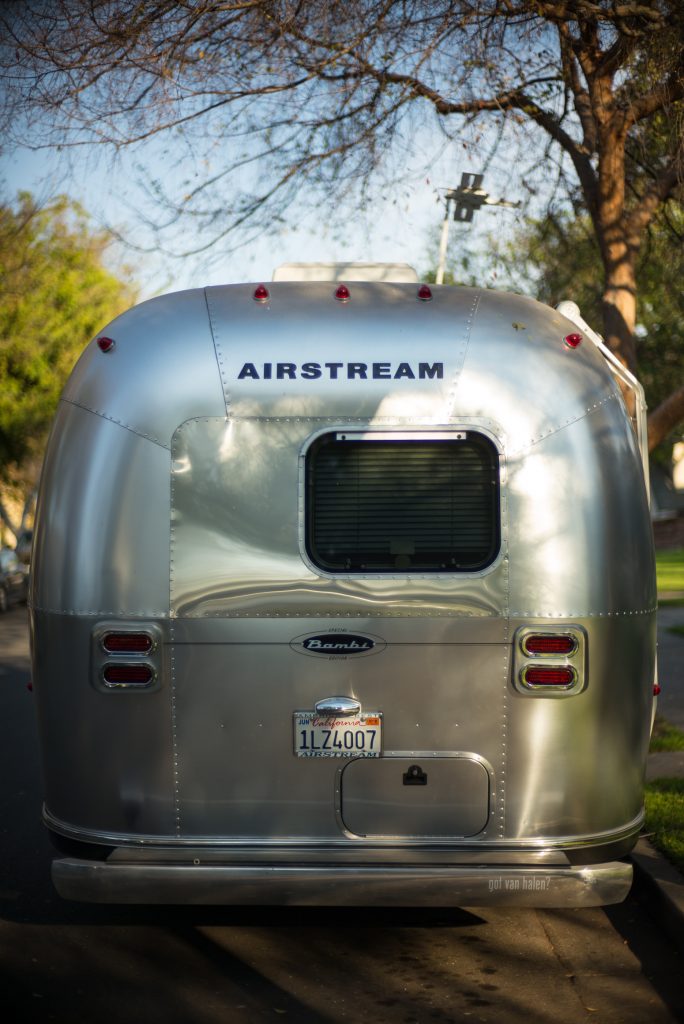
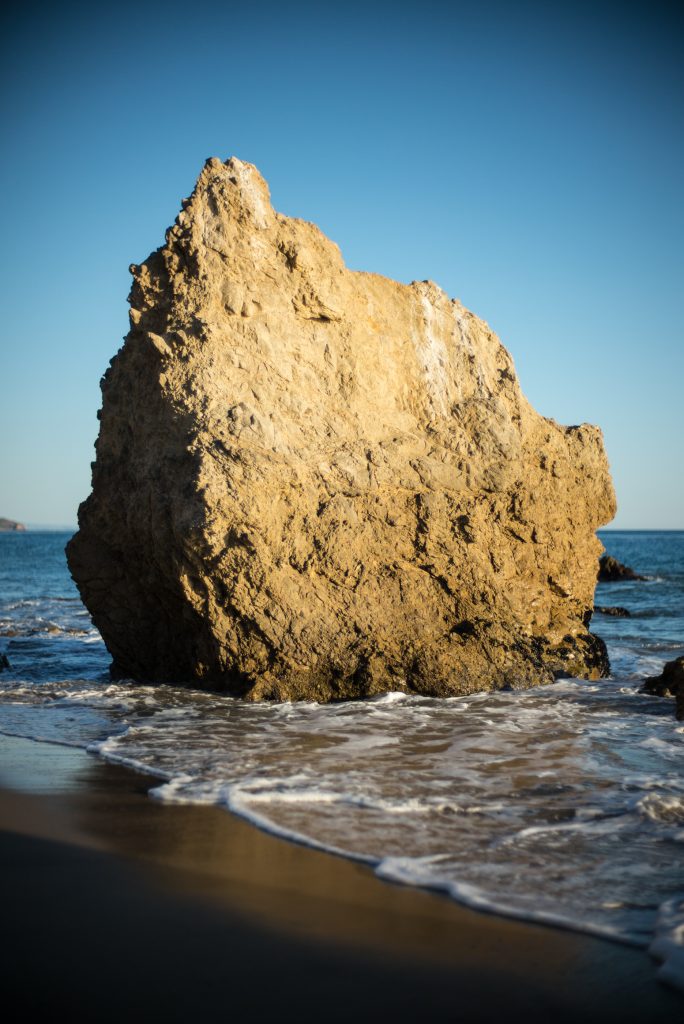
Working in the movie industry, I have found even now that its vary rare to convince big companies to take risks like this. That leap of faith in pouring large amounts of resources and time and money into a product that may never take off, or worse, become such a big flop that the company fails, understandably results in safer bets being made.
So I have to hand it to Leica for taking saying yes in 1966 and producing the first Noctilux, the 50mm f/1.2. Over the course of nine years, (until 1975) only 1,700 were made. Such a small number of copies make this a very collectable lens nowadays, with it commanding prices of up to $25,000!
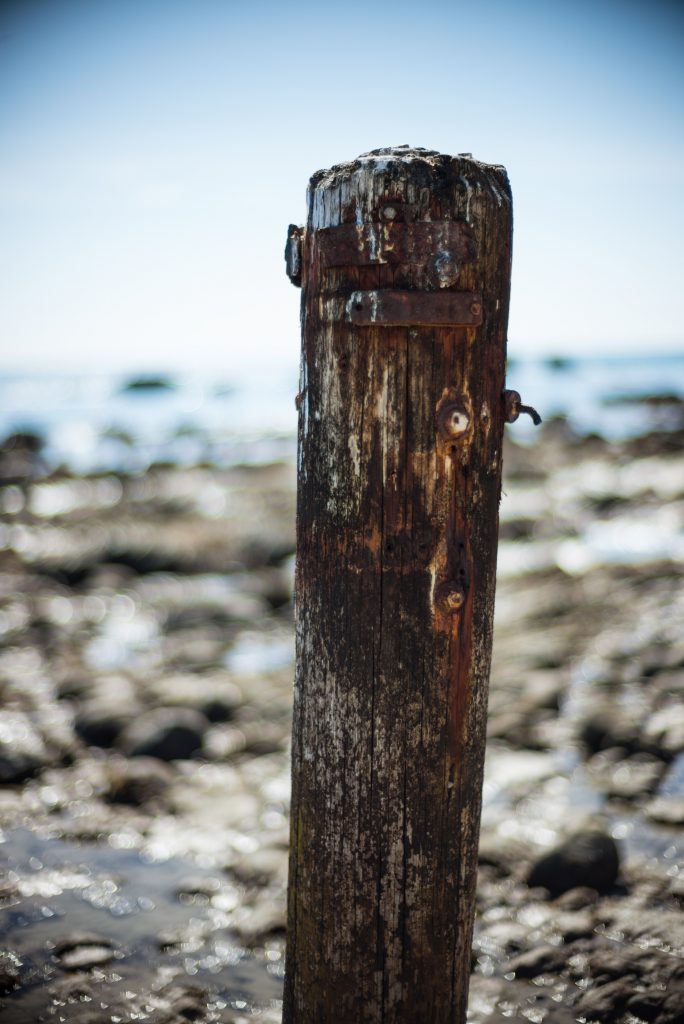
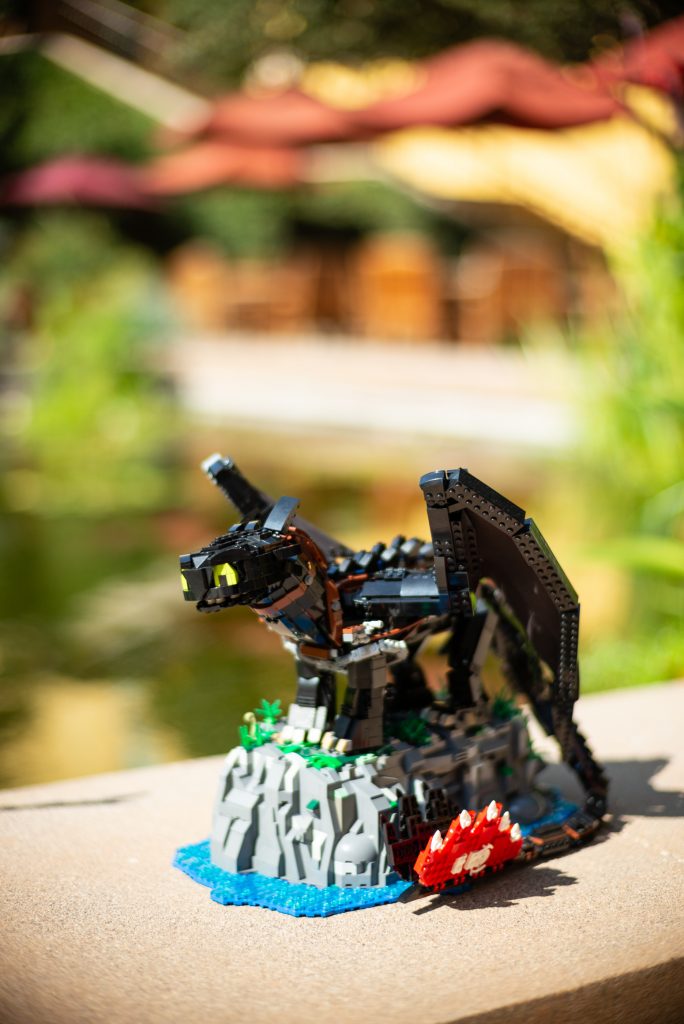
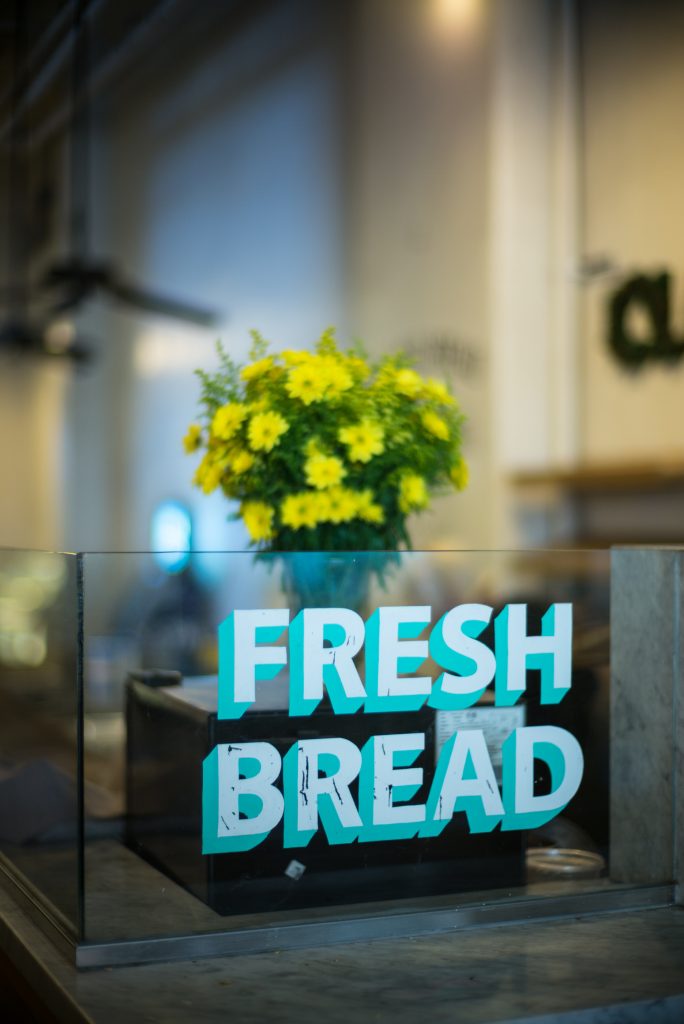
Thankfully, the company philosophy did not stop there, Leica continues to this day to push the limits of lens design. The Noctilux has continued development in a number of variations with the Dr. Walter Mandler designed 50mm f/1.0 that was introduced in 1976, and was produced until 2008 with four different design variations. Only then was it upgraded again by the current Leica lens designer, Peter Karbe with the introduction of the 50mm f/0.95 and most recently the amazing 75mm Noctilux f/1.25.
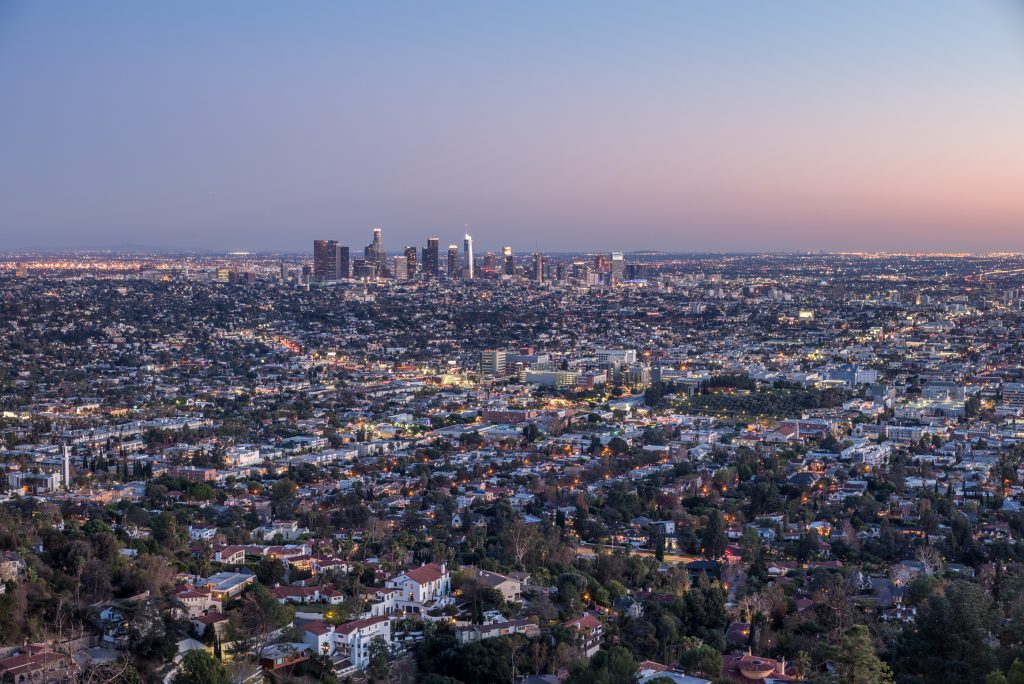
All this talk of legends and history and magic really piqued my interest, and after scouring the internet and drooling over the many images taken with both the classic f/1.0 and the newer f/0.95, I have to admit I was hooked on the look it produced. I knew, at some point, this was a lens that I would have to own.
After shooting with the Leica 35mm Summilux f/1.5 FLE almost exclusively for two years, my wife and I found ourselves visiting Vienna over Christmas. I had read about an amazing vintage camera store that specialized in Leica cameras; The Leica Shop Vienna.

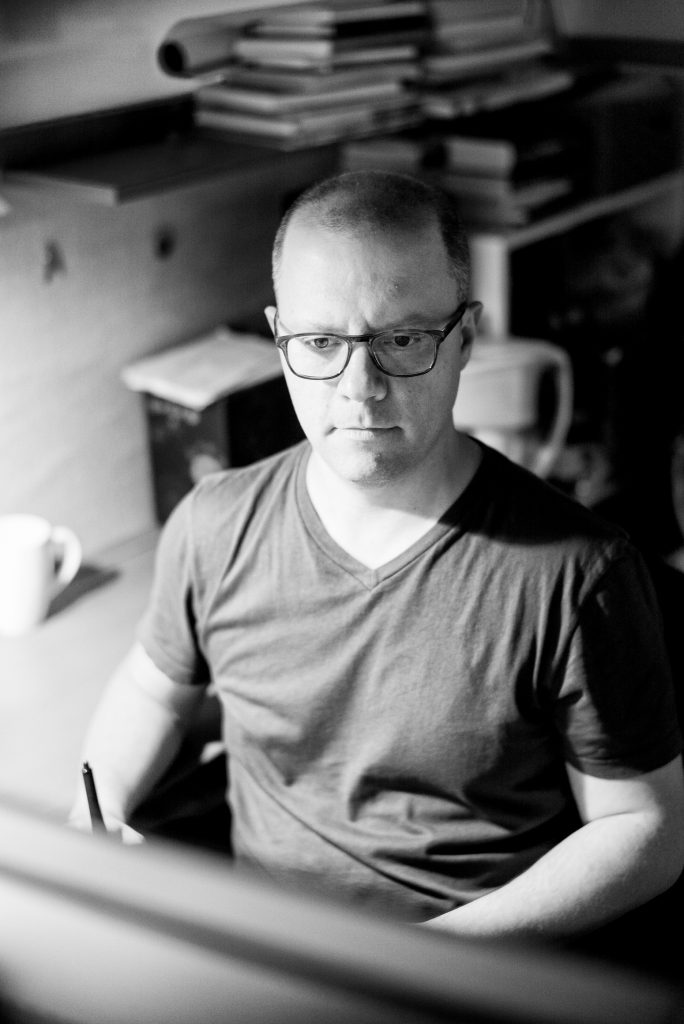
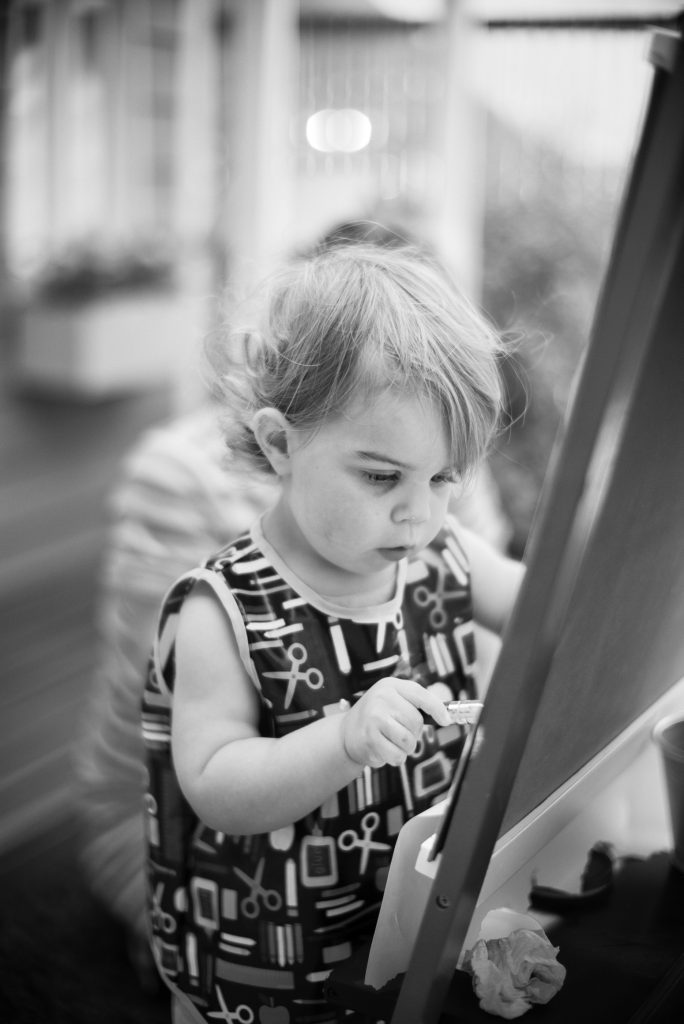
However I was not prepared for what I discovered when visiting the store… the gallery like shop was made up of walls and walls of cabinets filled with hundreds and hundreds of Leica cameras of all ages and types, and more lenses that I could even imagine. I was in heaven!
Even better, they had not one, but five different Leica Noctilux f/1.0 lenses in stock. They allowed me test all of them and try out the different lenses on my camera to see which version I preferred. The design differences are subtle, but I ended up choosing the third version produced between 1982 and 1993.

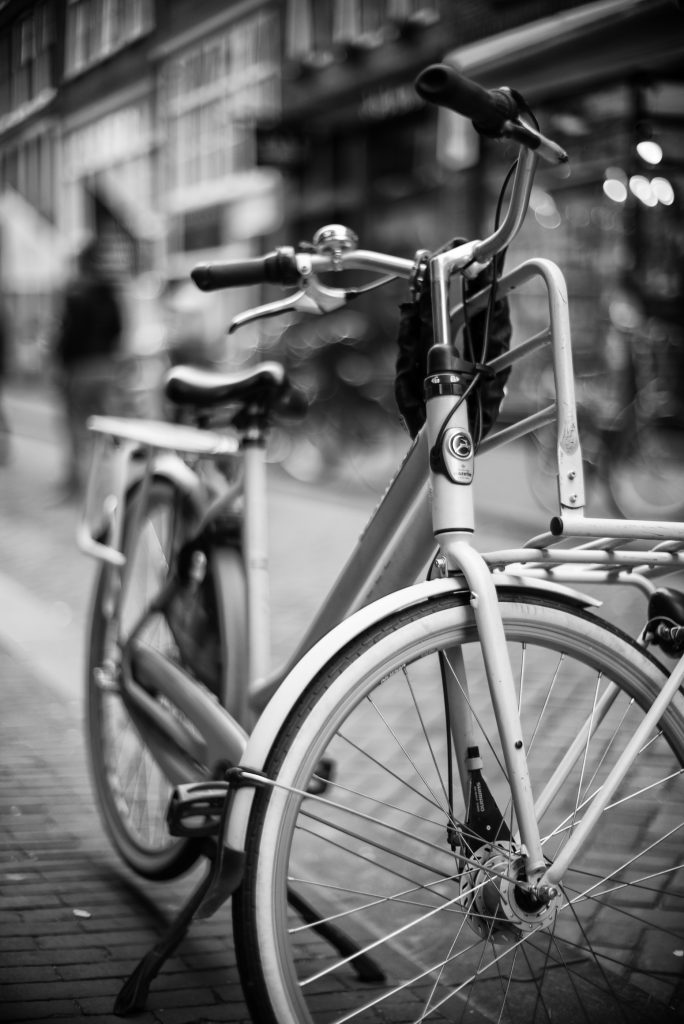


More in depth details on the f/1.0 variants can be found in the chart below, but I picked this version over the version 1 and and 4 they also had in stock due to the 60mm filter thread which is said when coupled with the lens hood to cause less vignetting, and the weight difference of 50 grams over the version 4. This copy was also in mint condition and looked like a brand new unused lens.
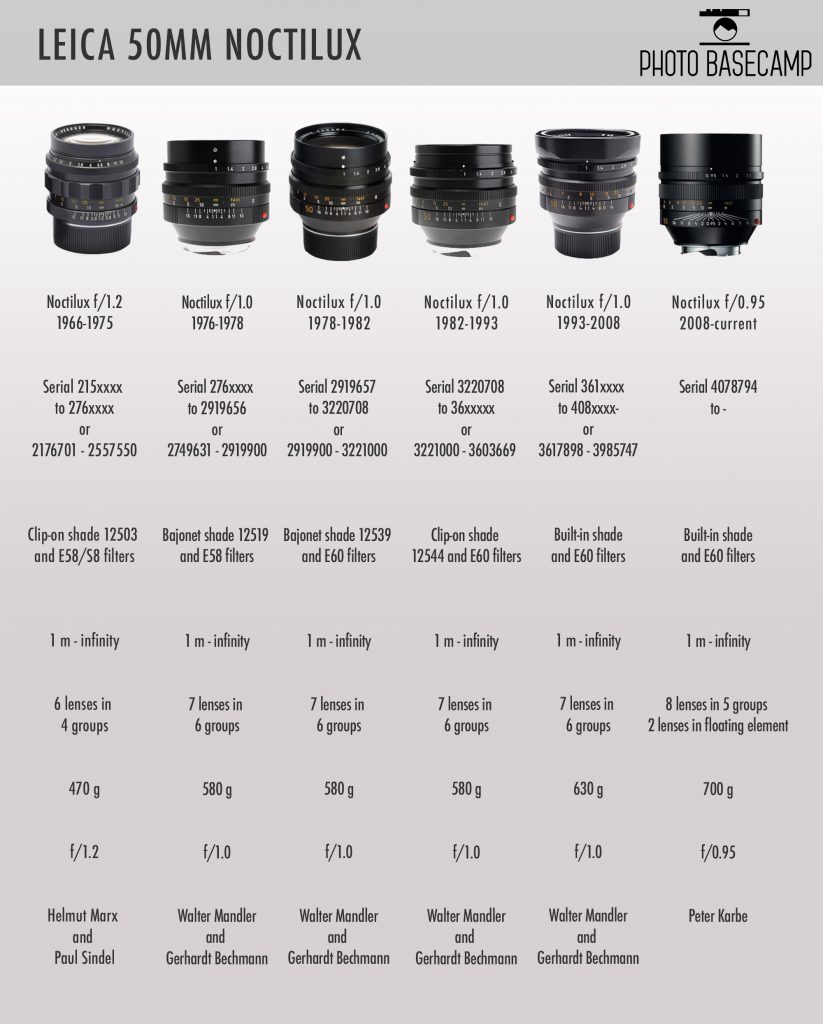
So the day had finally come… I had the light sucking bokeh beast in my hands! The classic Leica 50mm Noctilix f/1.0! I was most interested in this lens over the newer f/0.95 due to the size and weight difference, but most importantly, I already owned one of Leica’s modern offerings in the 35mm Summilux, so I wanted to pair that lens with something that had a more character filled way of rendering an image.
And this lens has character in spades! Yes, this lens with the very wide aperture makes it fantastic in low light conditions, but what really makes it unique is the way it renders even the most bland scene. It has a very unique bokeh, creating what I think is a beautiful swirl reminiscent of vintage lenses, especially on medium format cameras, but in a way like no other lens can.
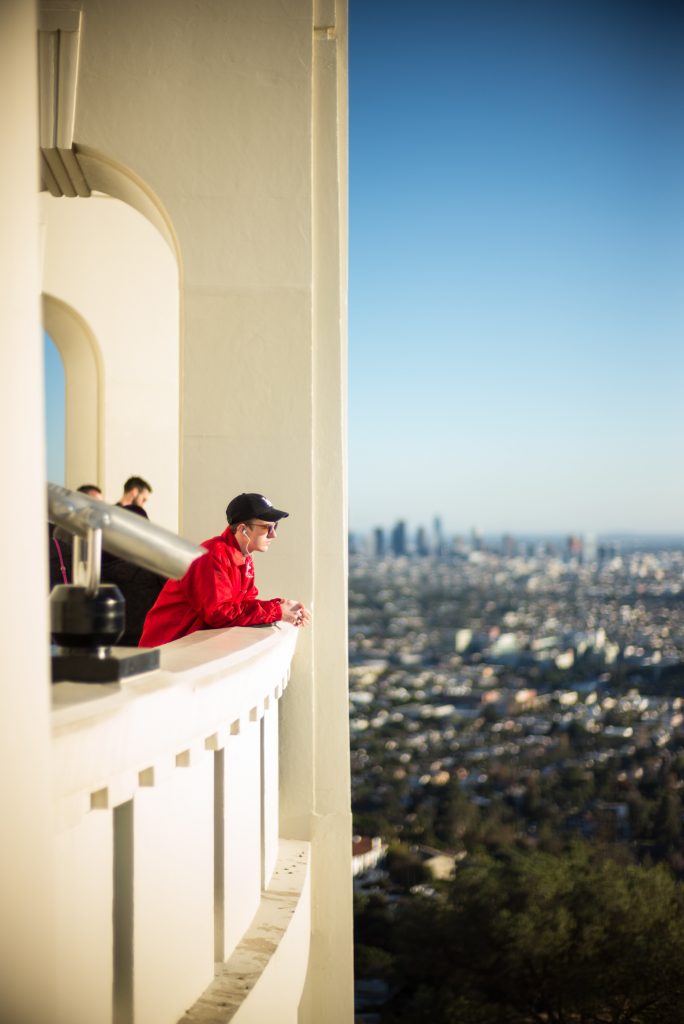
Images become impressionist paintings with this lens which is something I highly regard in a lens; when I purchased this lens I was not looking for something that captured a scene in a true-to-life reportage way, but with an artistic flair making the world around me a place of magical light.
The one thing that really excites me with this lens is the way it captures color that is very specific to the Noctilux f/1.0. It has a very warm, almost yellow cast in certain light that makes everything have a extremely rich and deep oil painting like quality. When I purchased this lens I thought it was going to be almost exclusively used in black and white, but it has since become my favorite for color too.
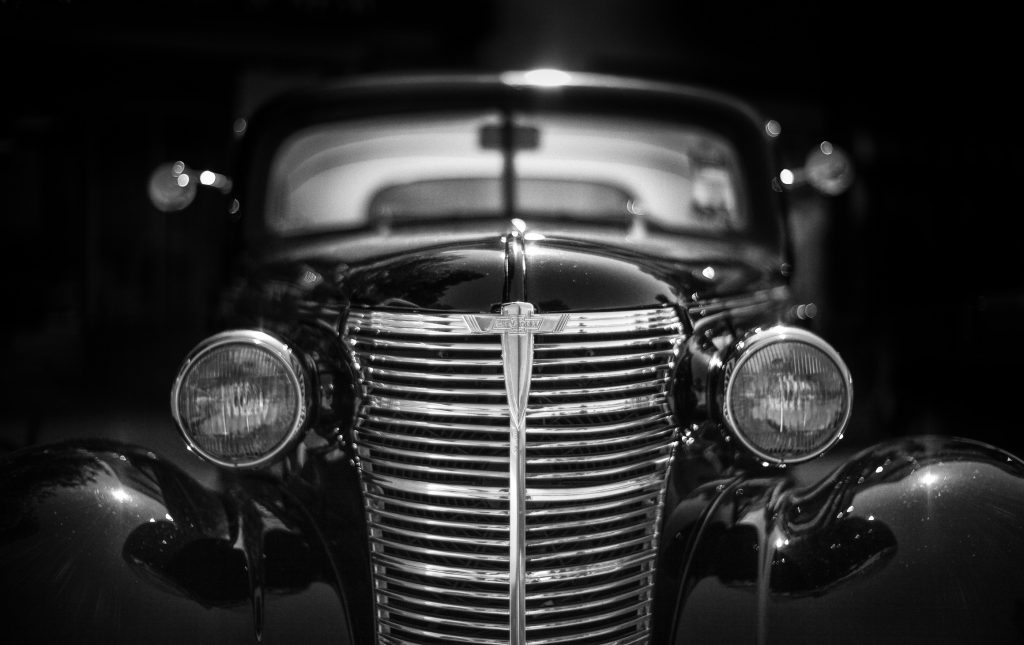

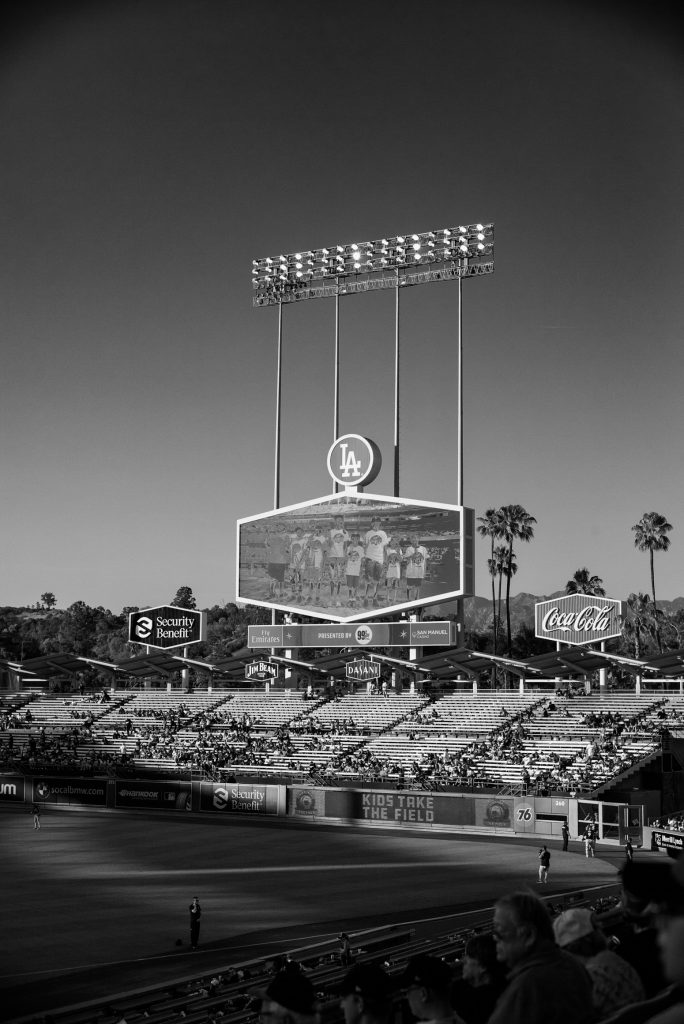
Its important to note this lens is not going to be pin sharp wide open. It has a very classic way of rendering at f/1.0 that creates a soft glow to your images. This does not mean everything looks blurry though. I have found with a little sharpening and clarity added in post, it has captured finer details very clearly. Even text on labels will have a crisp edge at f/1.0, its just looks like its been painted with a fine brush as opposed to the Summilux or Summicron Leica lenses that have a more drawn with a very sharp mechanical pencil perfection to them.
This lens, unlike the Summilux that has a minimum focusing distance of 0.7 meters, will only focus as close as one meter. I do find myself having to step back a little with this lens. At f/1.0 I also find I get the best results when I am six to eight feet from a subject. Closer makes the plane of focus very narrow (as little as a few centimeters), but at this longer distance, the full body of a person will be sharp as opposed to just the eye with the tip of the nose already fading away.
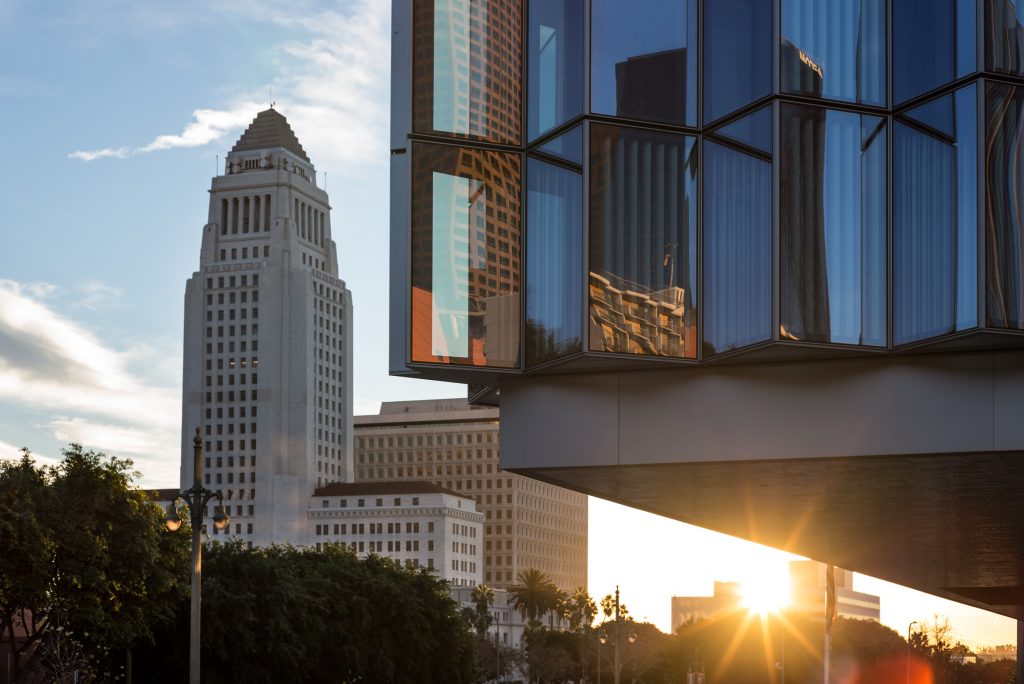
As expected, the build quality of this lens is incredible. It has a very significant weight to it at 580 grams and feels like a very dense block of metal, brass and glass. The aperture ring clicks decisively in place, but has a very smooth sense of movement to it. The focus throw is very, very long almost double that of the other lenses I own which makes it quite slow to focus, but with a wide aperture of f/1.0, this makes dialing in the focus extremely accurate.
The Noctilux f/1.0 is almost three lenses in one; wide open it has a very classic film like glow and swirl to the bokeh, but stopped down, even just to f/1.4 to f/2.0 it becomes much sharper, the swirl becomes less pronounced. And at f/5.6 to f/8.0, the lens is incredibly sharp across the entire frame without loosing the wonderful richness in color.
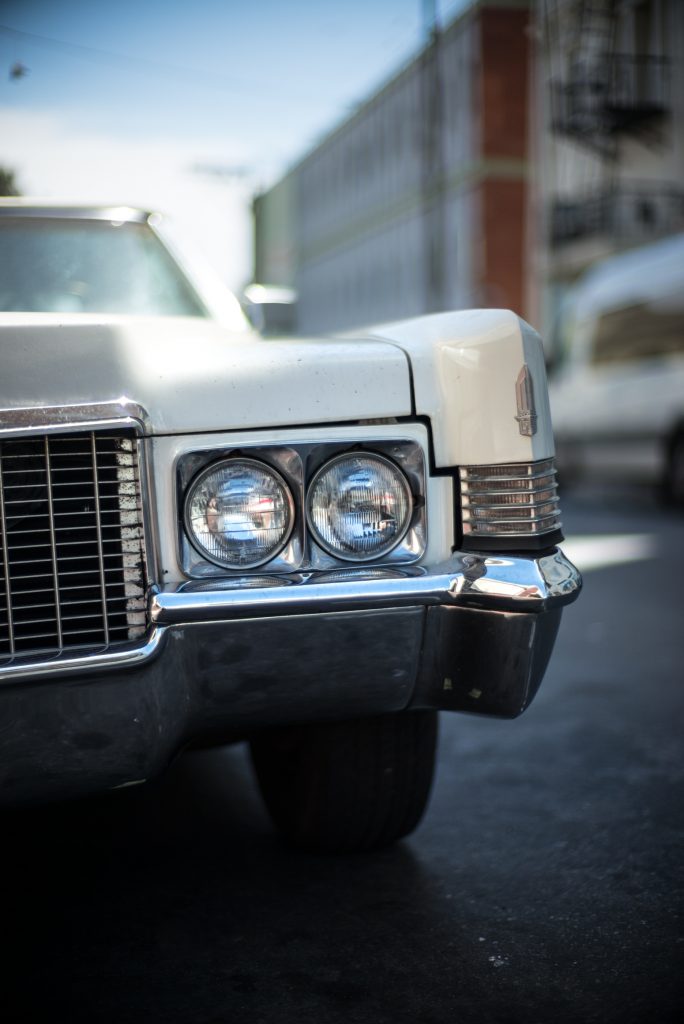
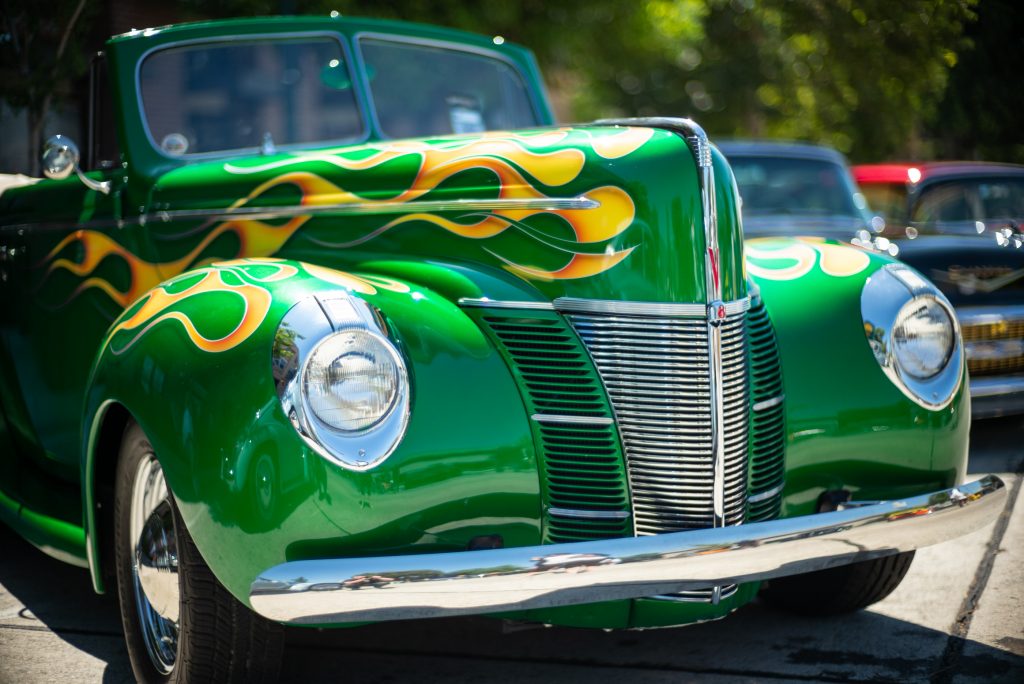
One thing to note is this lens has very strong vignetting when wide open. This continues until f/4-5.6 with some small darkness in the very corners and then totally gone around f/8. I don’t really mind this, as it adds to the character of the lens and gives focus to the object framed within image. Obviously this is not so much a problem when shooting in low light scenes, but in brighter daylight or against the sky, its something I’ve needed to be aware of if I don’t want those dark wedges around the corners.
And I do really love shooting with this lens in low light. The Leica M is not the most advanced with clean higher ISO’s, but coupled with this lens the need to push the ISO decreases dramatically. It just seems to suck in the light even when there is very little available.
The Leica Noctilux is very hard to flare, even when shooting with bright lights in the background, or when directly facing the sun. However, you will require a strong ND filter for any daytime photography when shooting with wider apertures. I used the B&W 3 stop 0.9 filter which adds no color cast to the lens.
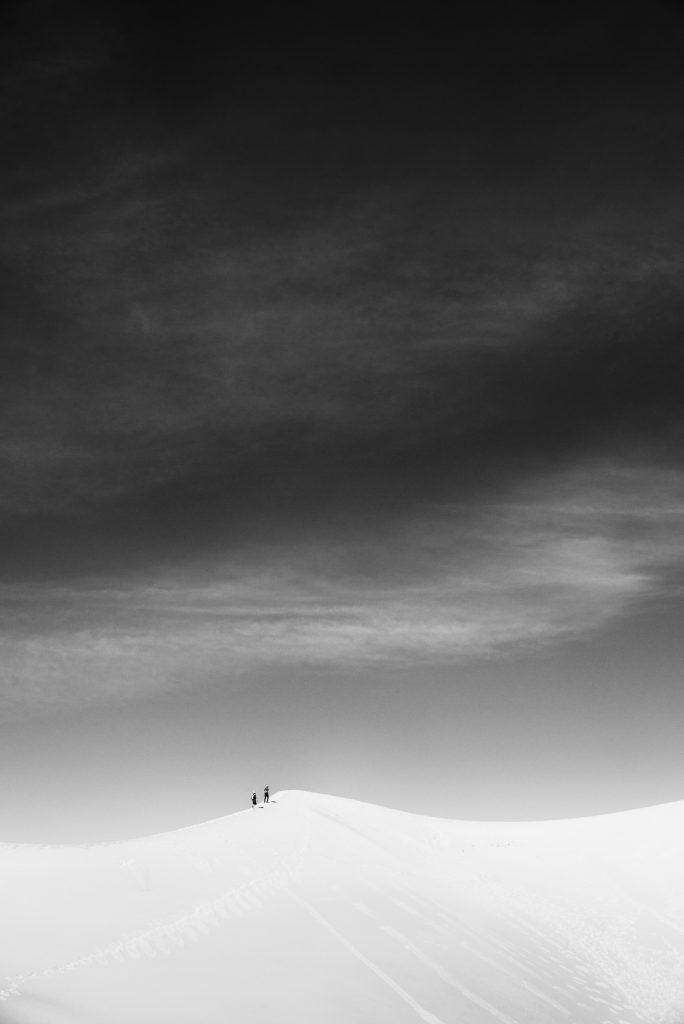
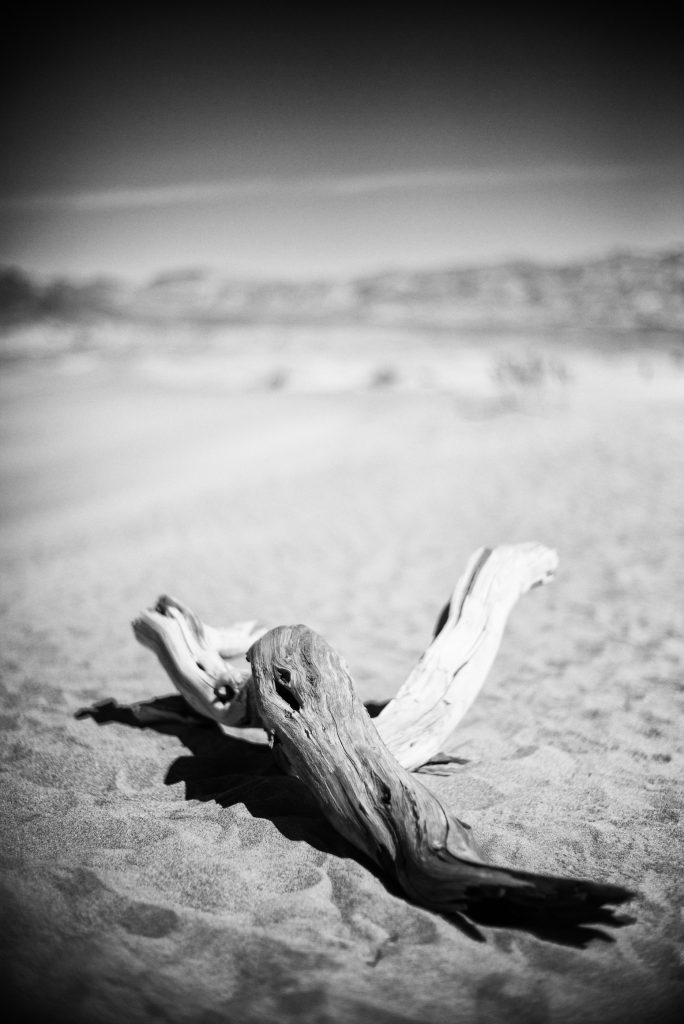
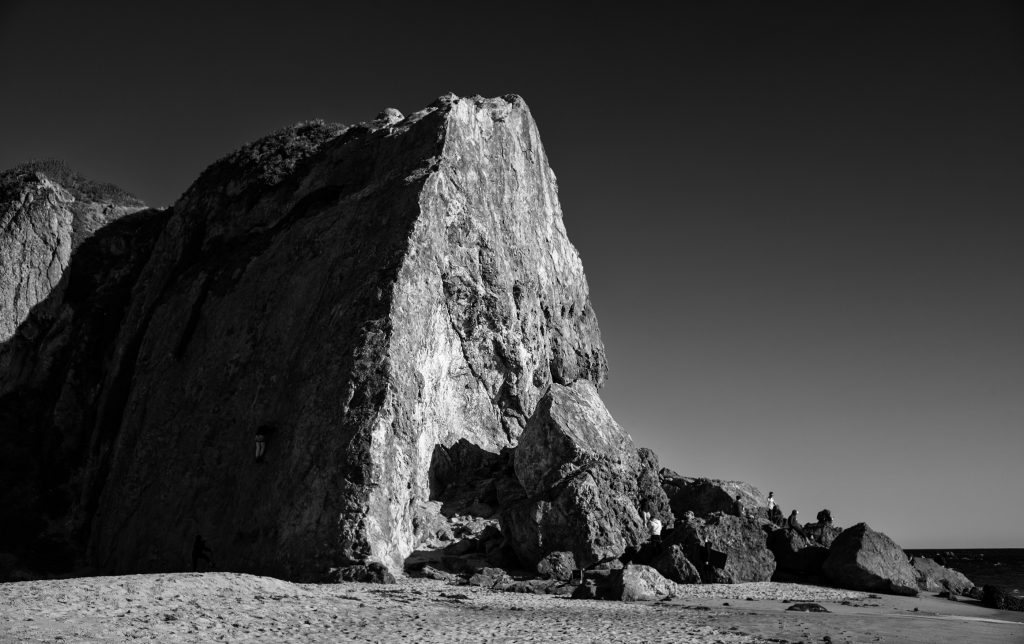
Something that must be addressed with this lens is the size and wight. It is significantly bigger and heavier than most of the tiny lenses from Leica. I had tried the f/0.95 lens a few times and found it very bulky and cumbersome. But, after making more of a point of using without switching to my other lenses I got quite used to it and it has become one of my favorite lenses since.
That being said, I am always surprised how light my M-P240 feels when I put the 35mm Summilux back on the camera!
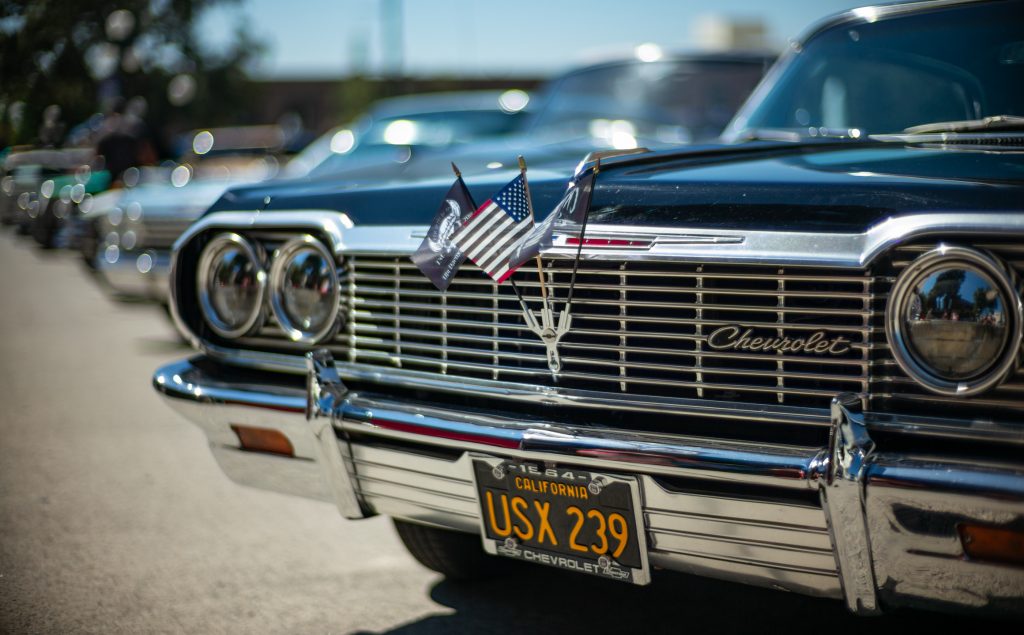
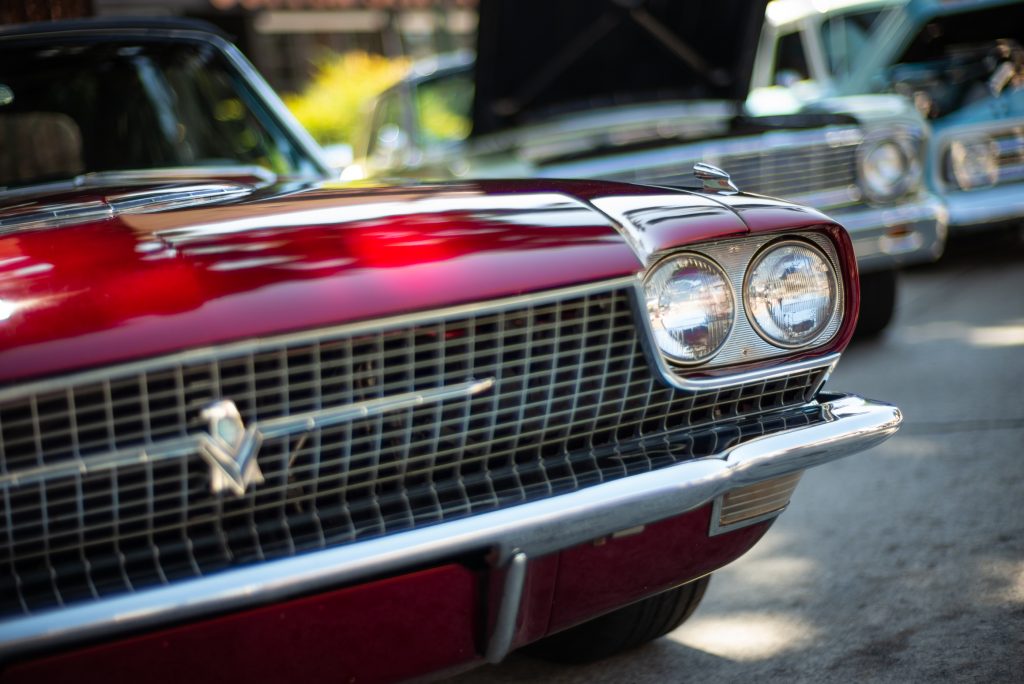
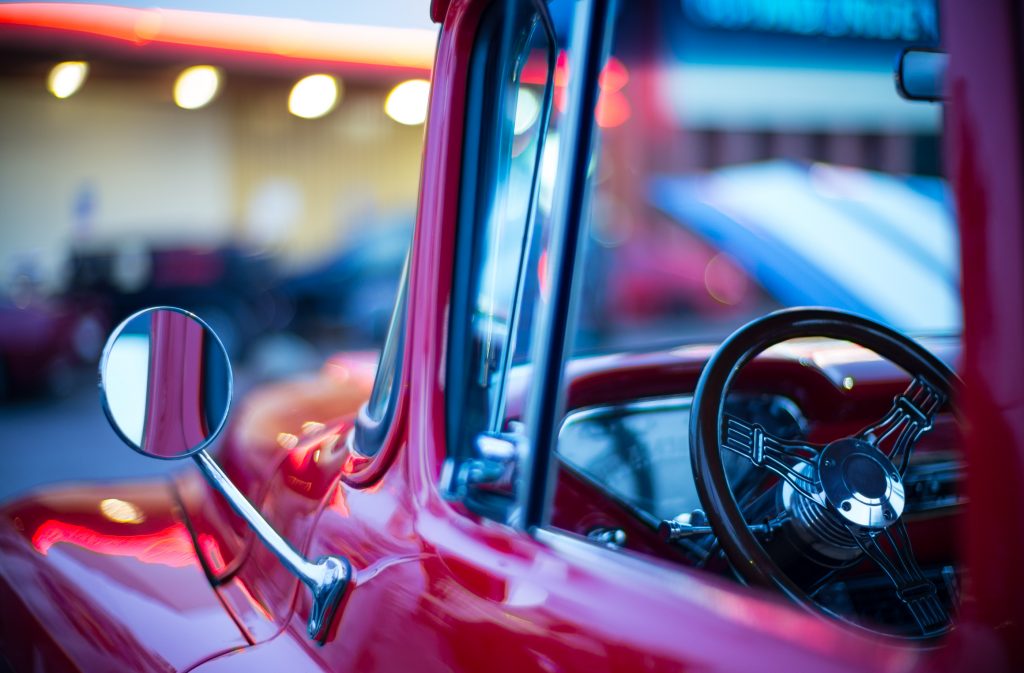
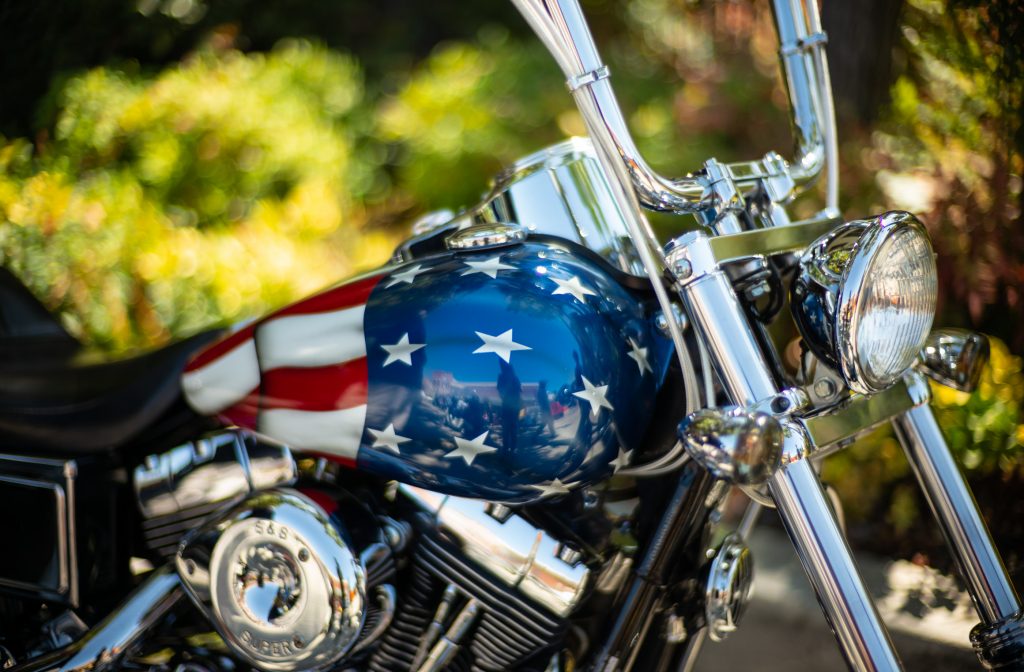
I highly recommend the viewfinder magnifiers that Leica produces. They are available in both x1.25 and x1.4 and simply screw onto the eyepiece of the viewfinder. I purchased the x1.25 after trying one in the Leica Los Angeles store with my 50mm Noctilux and was blown away by how much it made a difference.
The magnifier makes the focusing patch quite a bit larger with no loss of clarity, contrast or amount of light which really helps to get that accuracy for focusing. I prefer to not to use the EVF – its not great on the M240, or even the M10 compared to the likes of the Leica SL, Fuji’s or Sony offerings, and for me, the joy of the M is the viewfinder experience. This magnifier has really helped me to tame my harder to focus lenses like the 90mm Summicron and the 50mm Noctilux. I can’t recommend it enough.
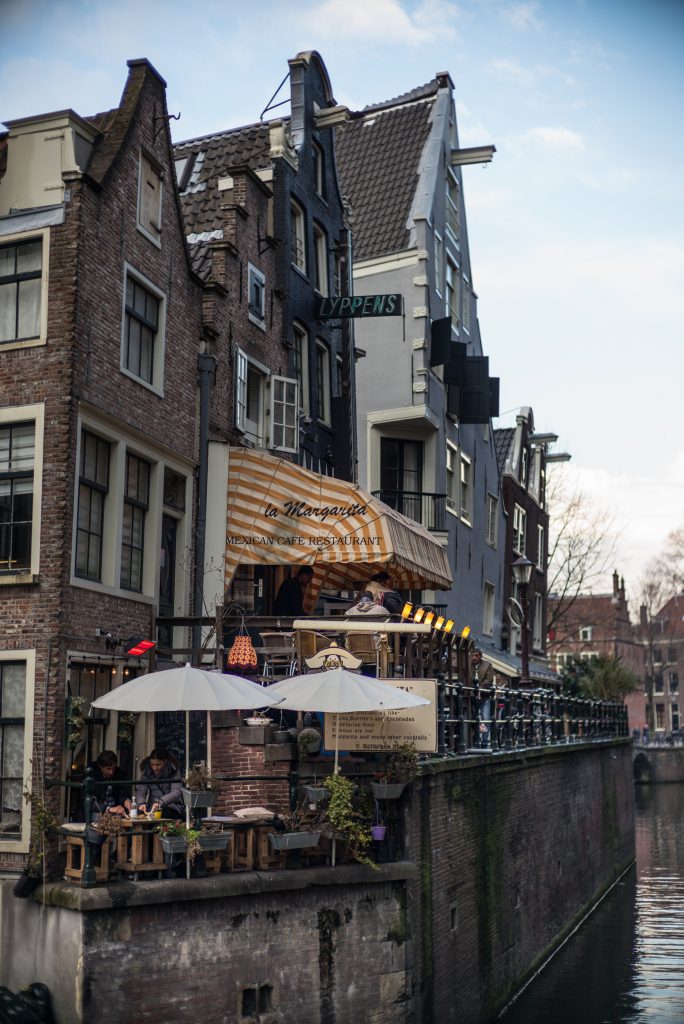
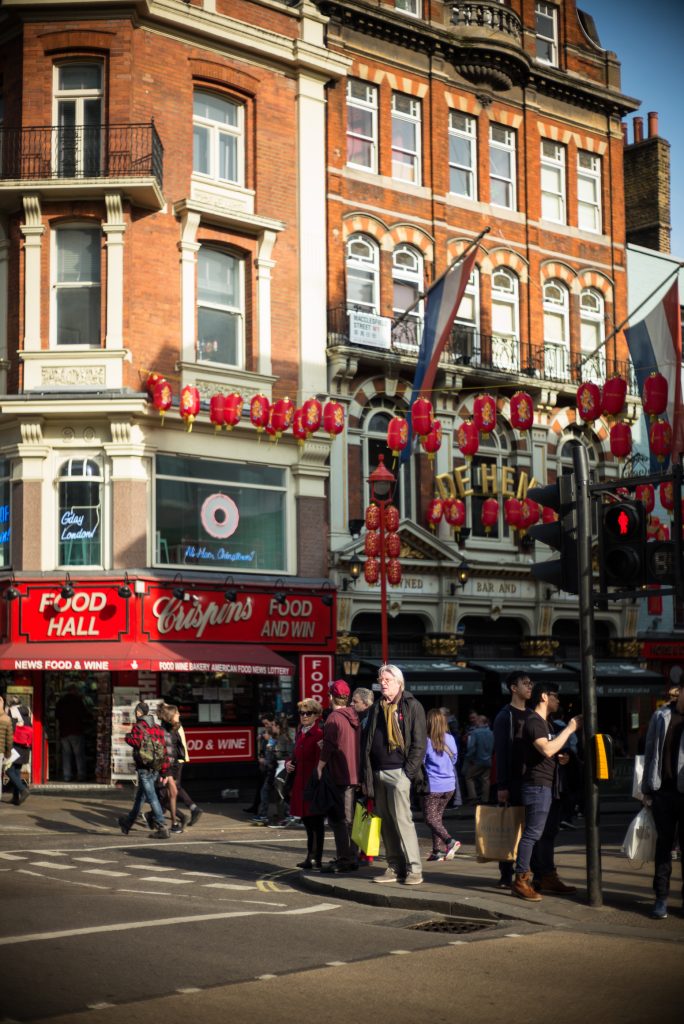
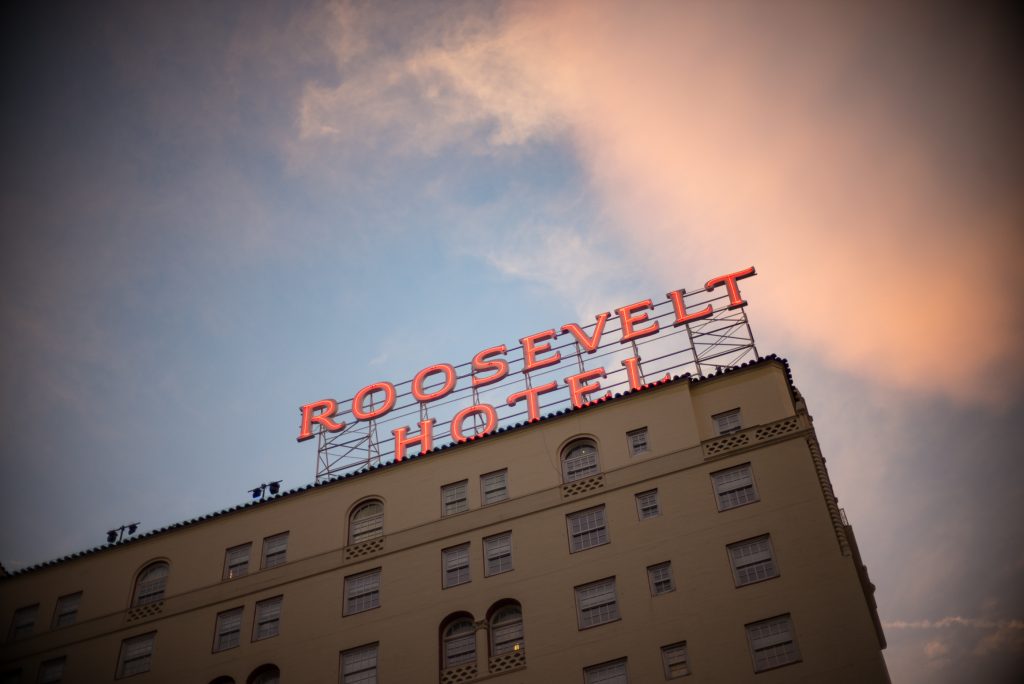
CONCLUSION:
I purchased this lens not seeking out extreme sharpness or perfection, but for character and the Leica 50mm Noctilux f/1.0 offers plenty of that. It’s is an addictive lens, especially when shot as intended, at f/1.0. I love the way it renders, the out of focus areas has a very magical effect, but, just as amazing when stopped down, becoming tack sharp whilst maintaining all of its rich colors.
Its a very hard lens to master, its big, heavy and slow to focus, but it sees the world in such a unique way. It takes a lot of practice and at times I wondered why I had added such a big lens to what is known as a small and discrete system. But I find myself loving the challenge and throughly enjoying the experience of shooting with the Noctilux. I have ended up taking many of my favorite photos with it since.
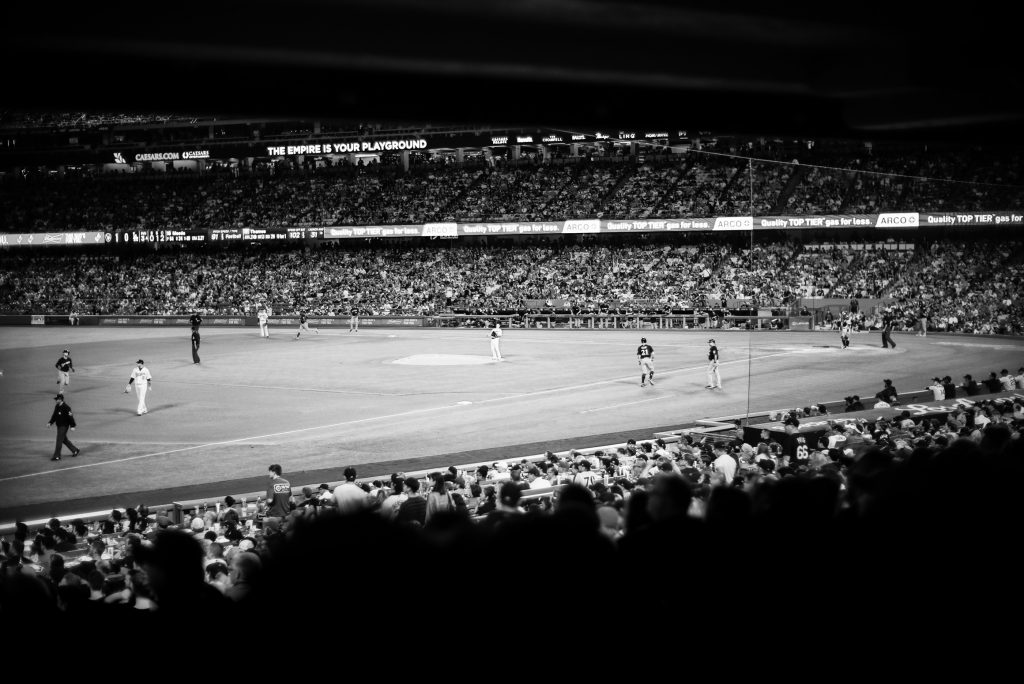


Printed photos from the lens look amazing, the fall off into the out of focus areas just seem to melt away and then swirl into something out of this world. Whenever people view photos I have taken with the Noctilux they are blown away but the unique character and look it produces.
This lens is one of the best lenses I have ever used. The combination of amazing optic performance, the solid build and the uniqueness of character makes this lens, for me, one of the most exciting lenses to photograph with and own. It lives up to its legendary status create one of a kind images and its lens I would never sell or give up. If you are interested in a lens that adds something very different and special to you photos, I highly recommend the Leica 50mm Noctilux f/1.0.

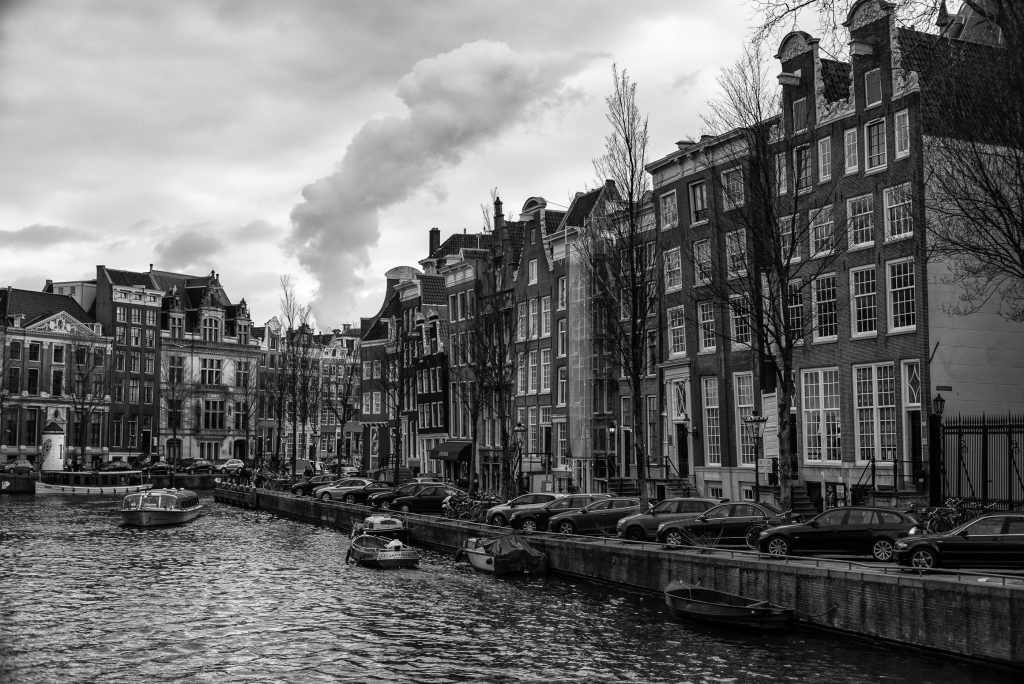

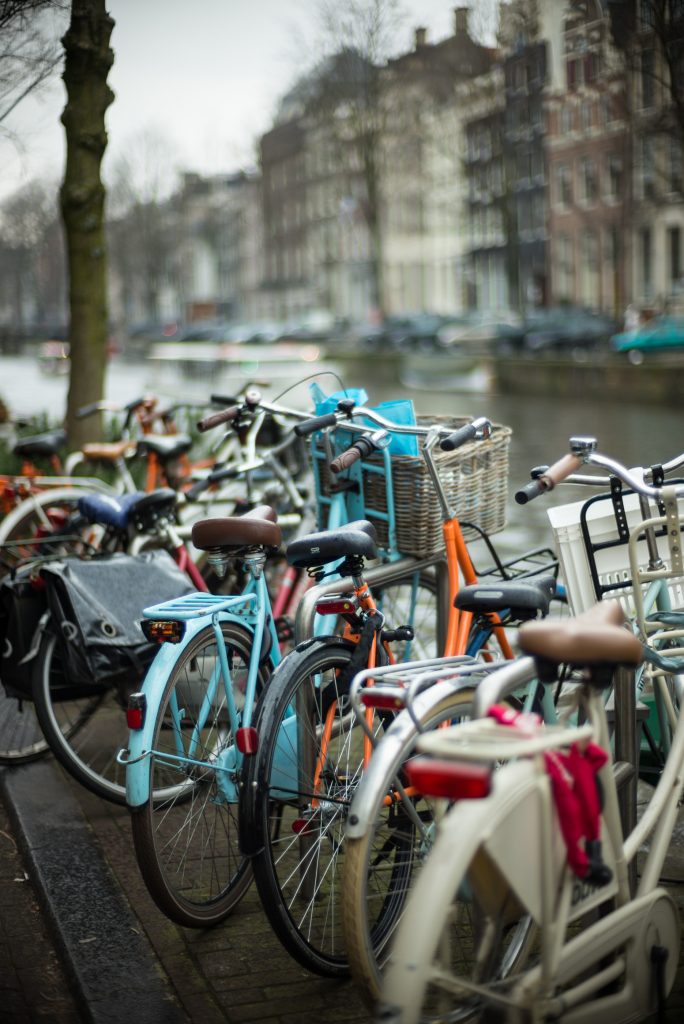
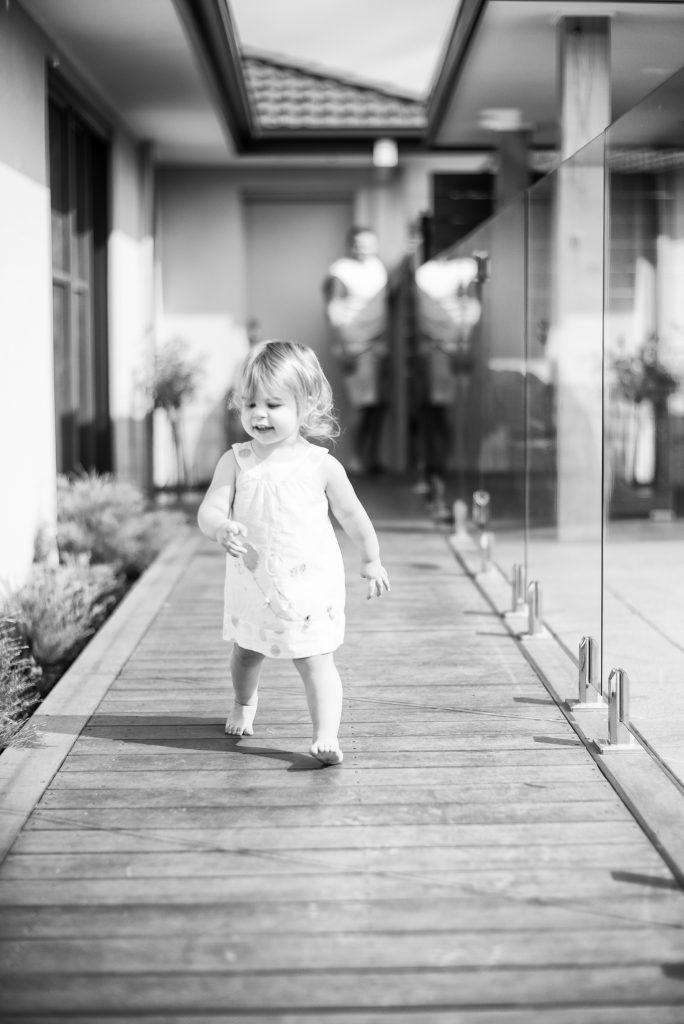
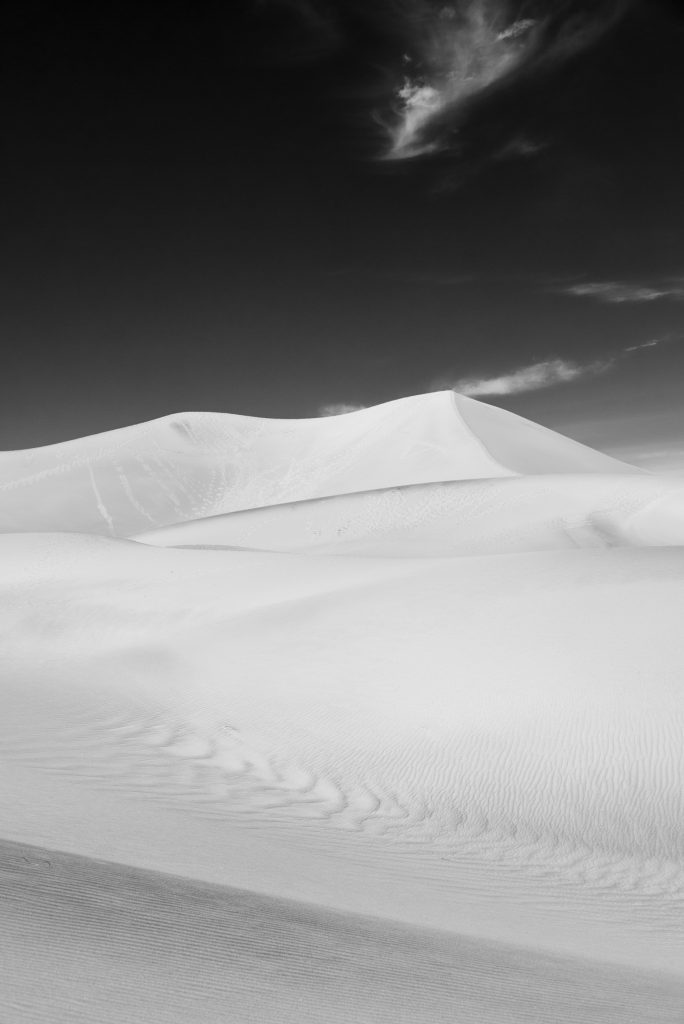
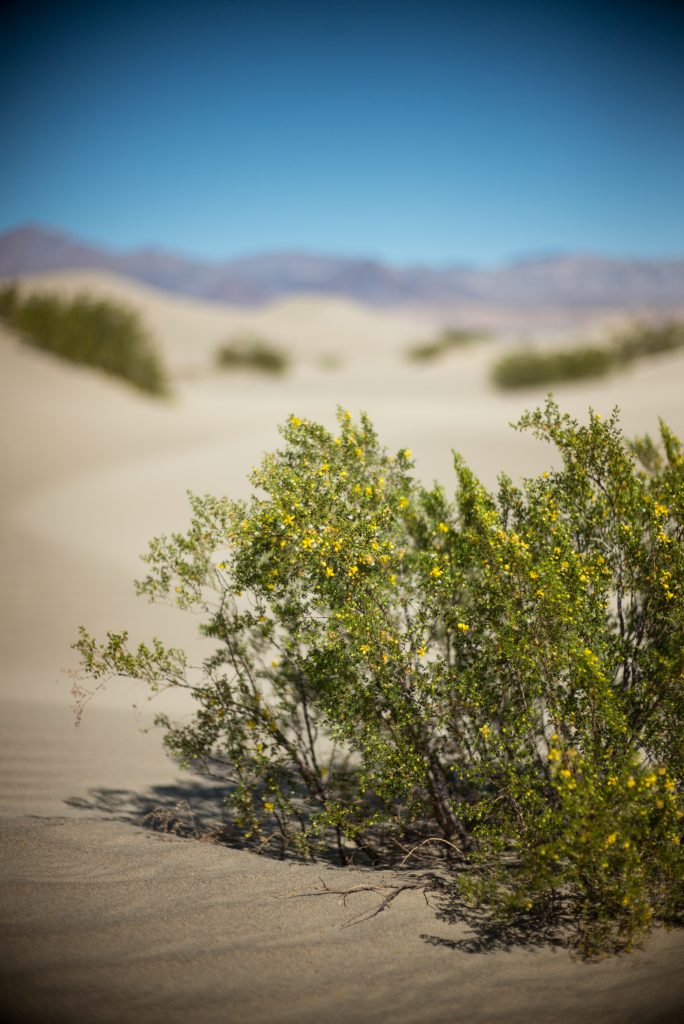
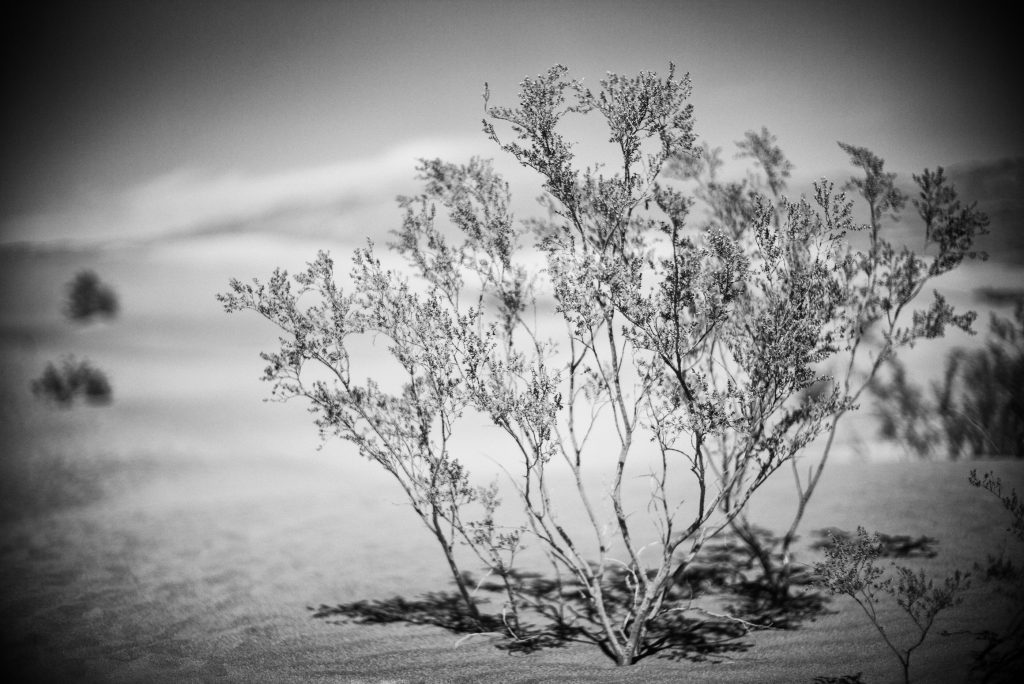
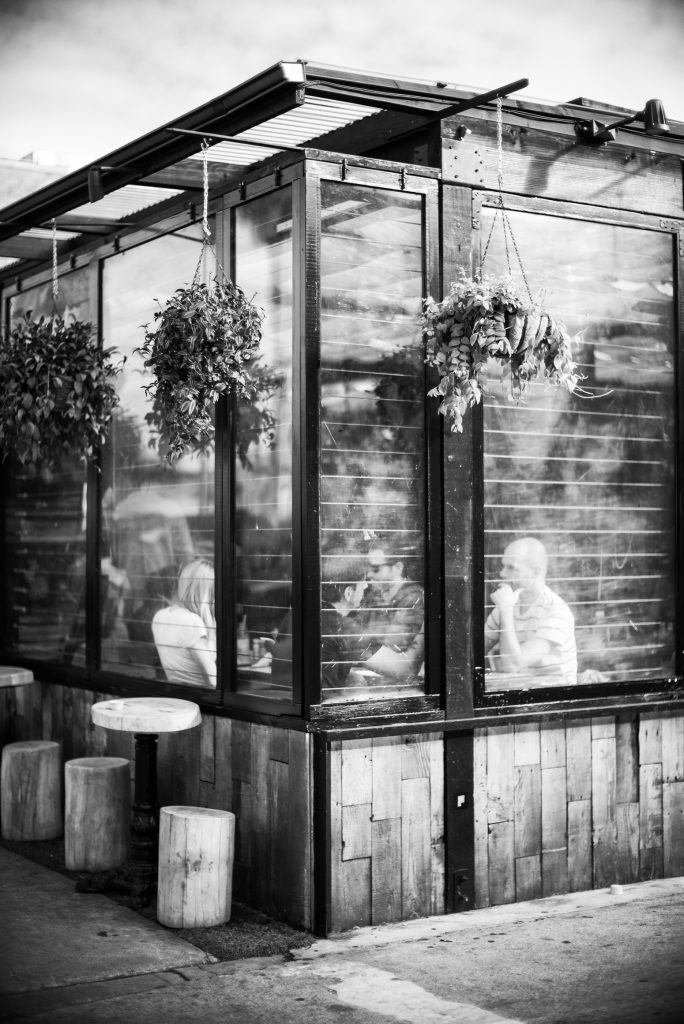
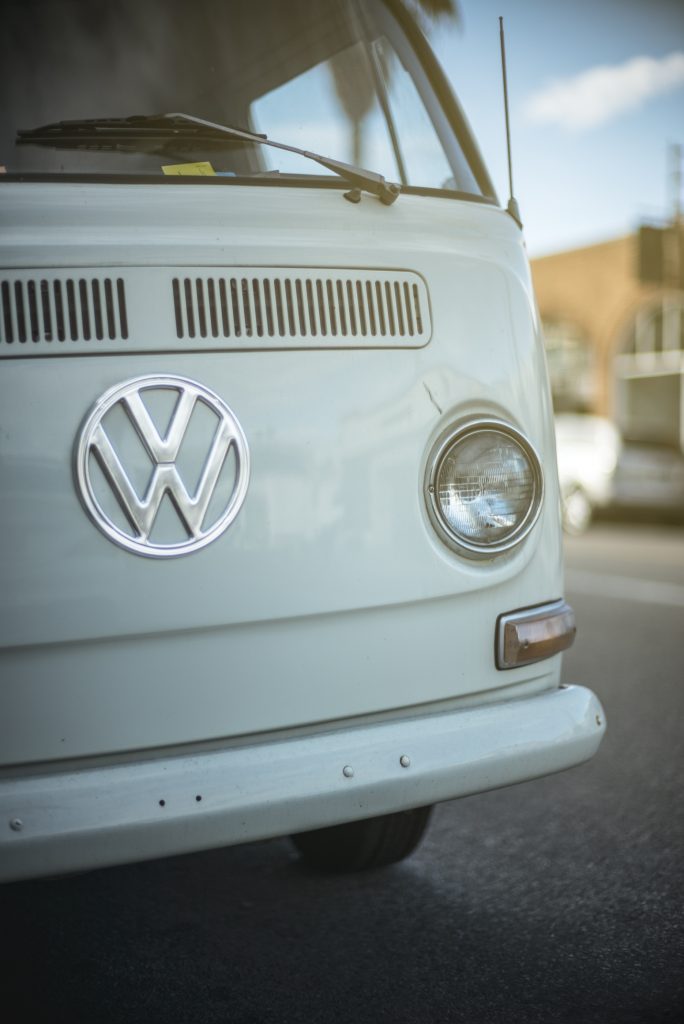
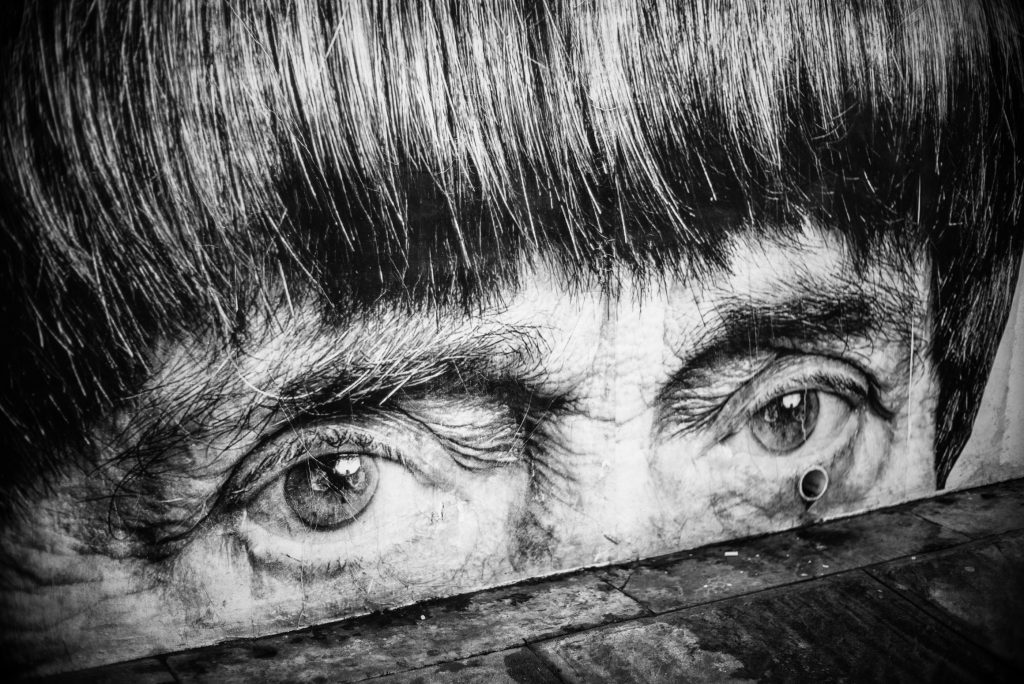
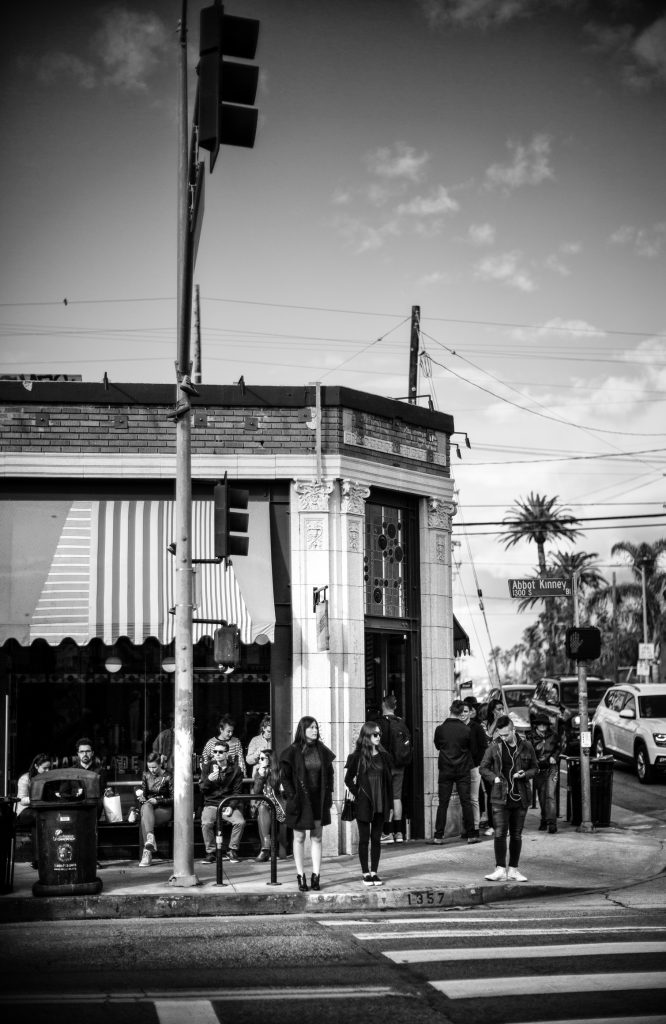
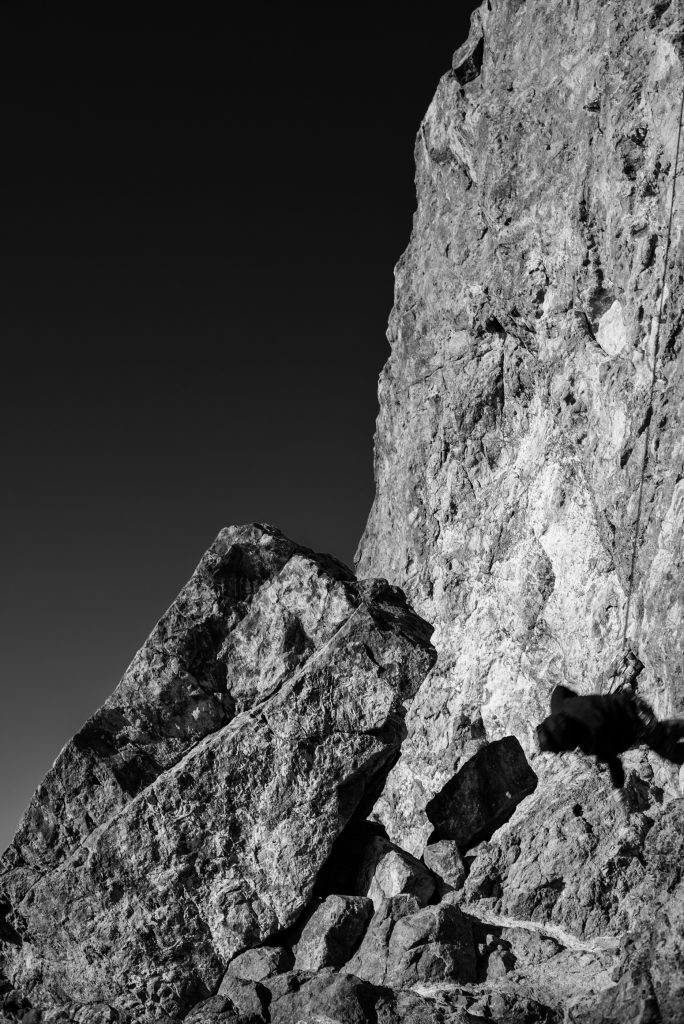
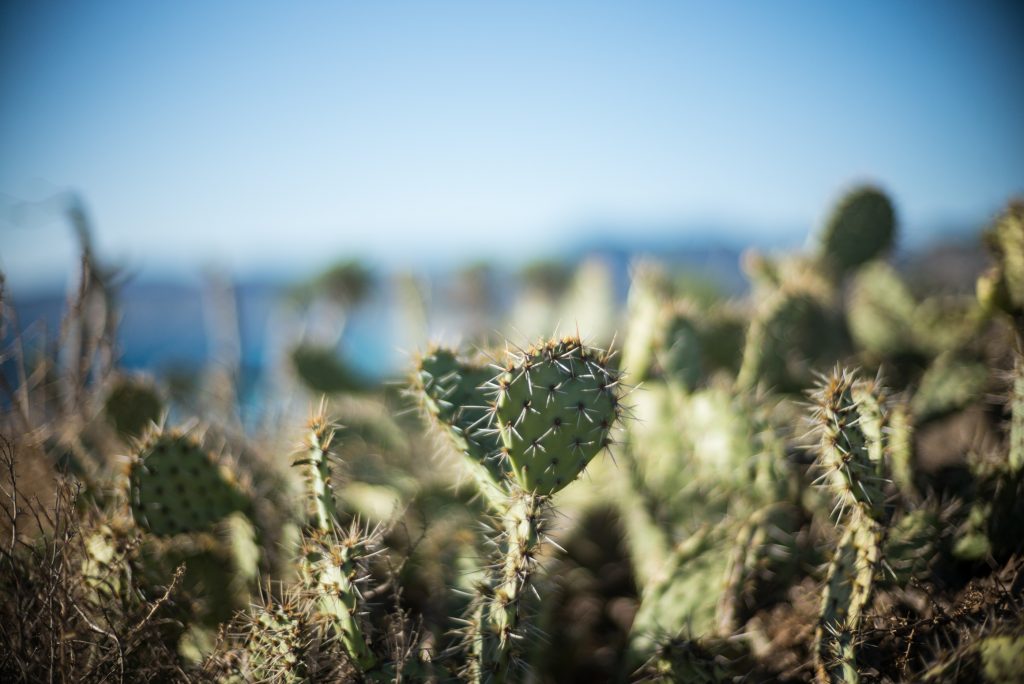
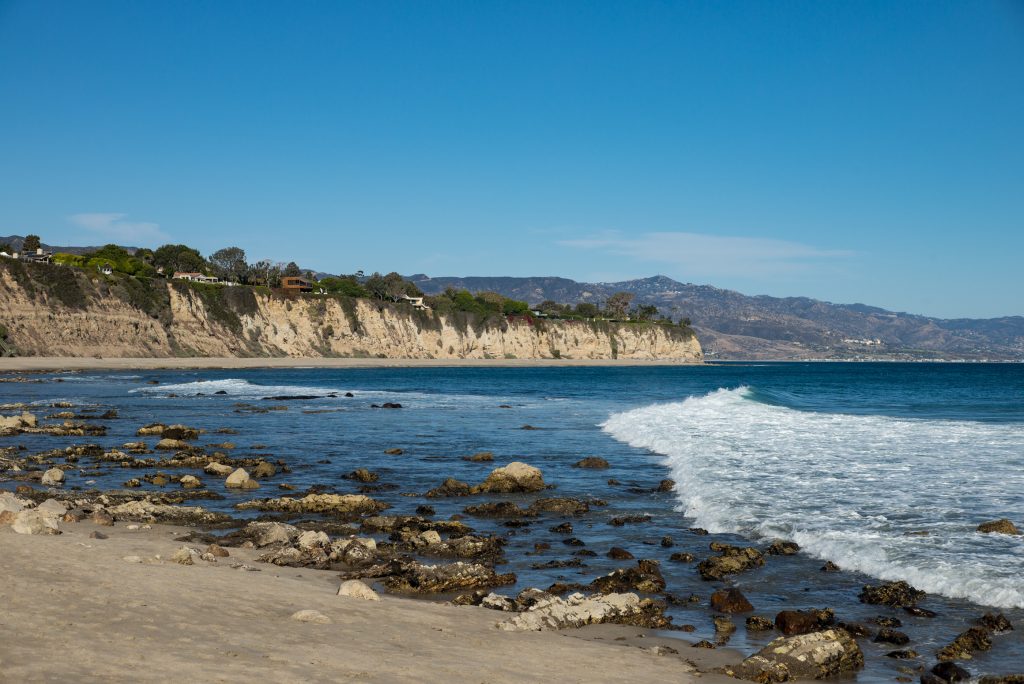
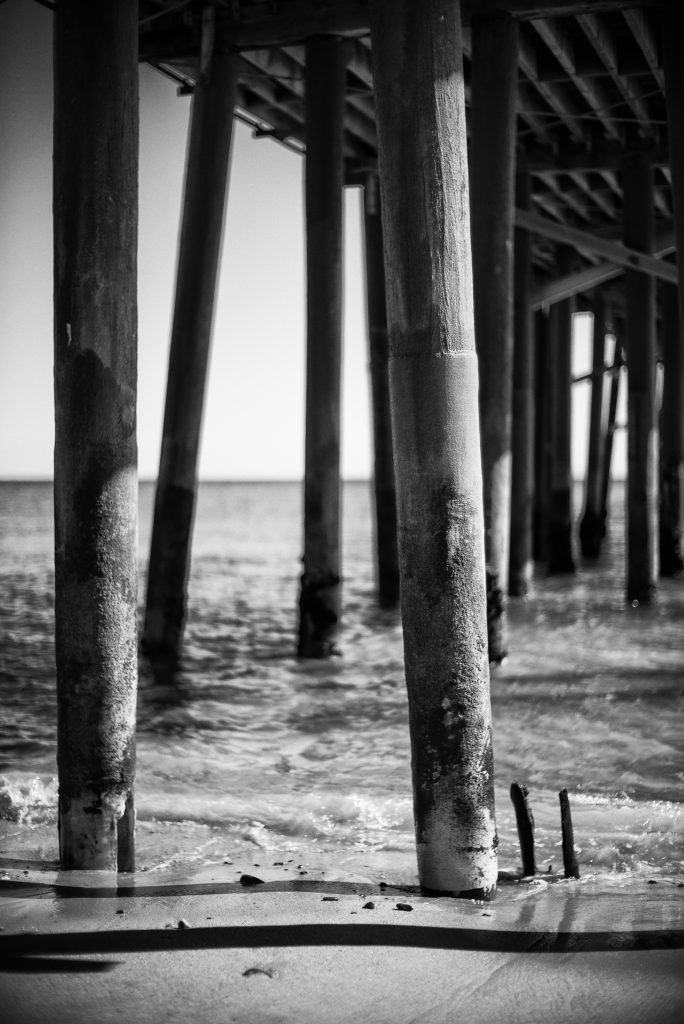
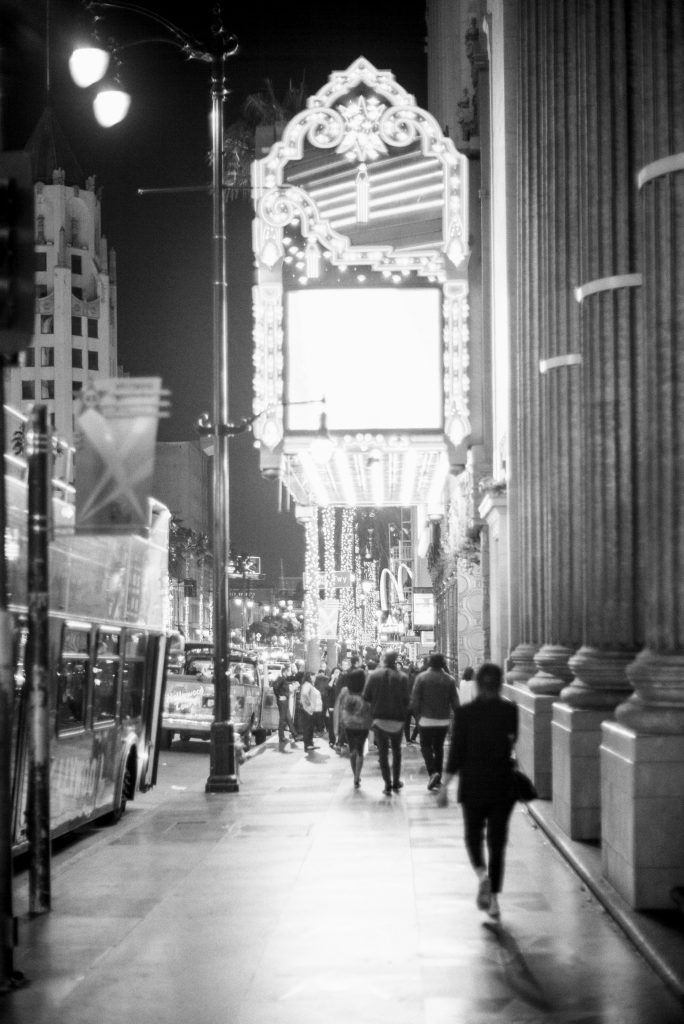
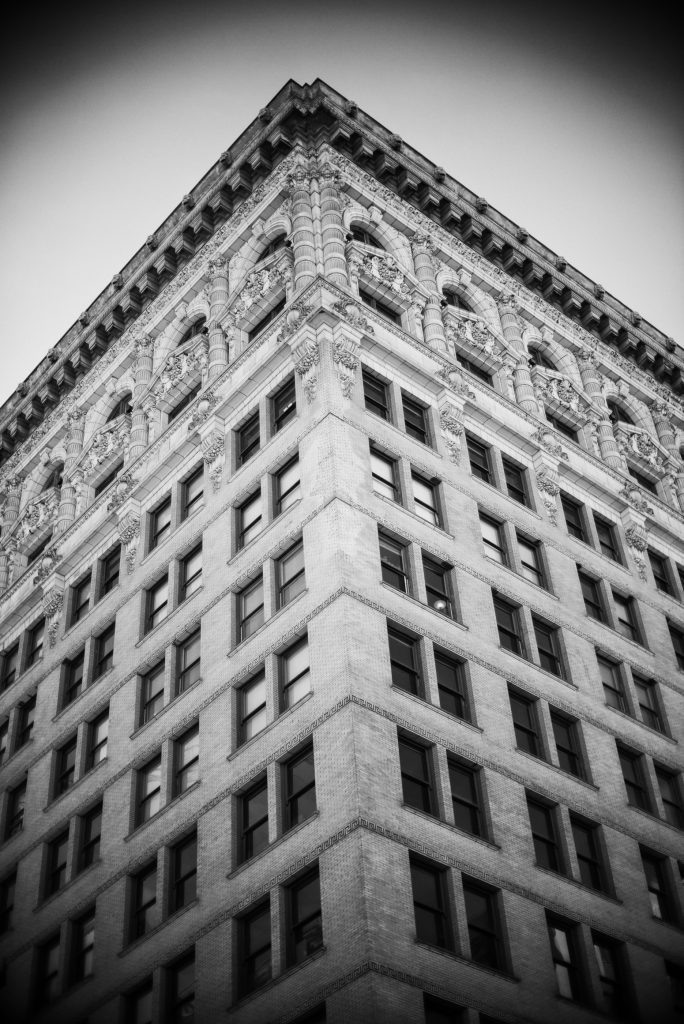
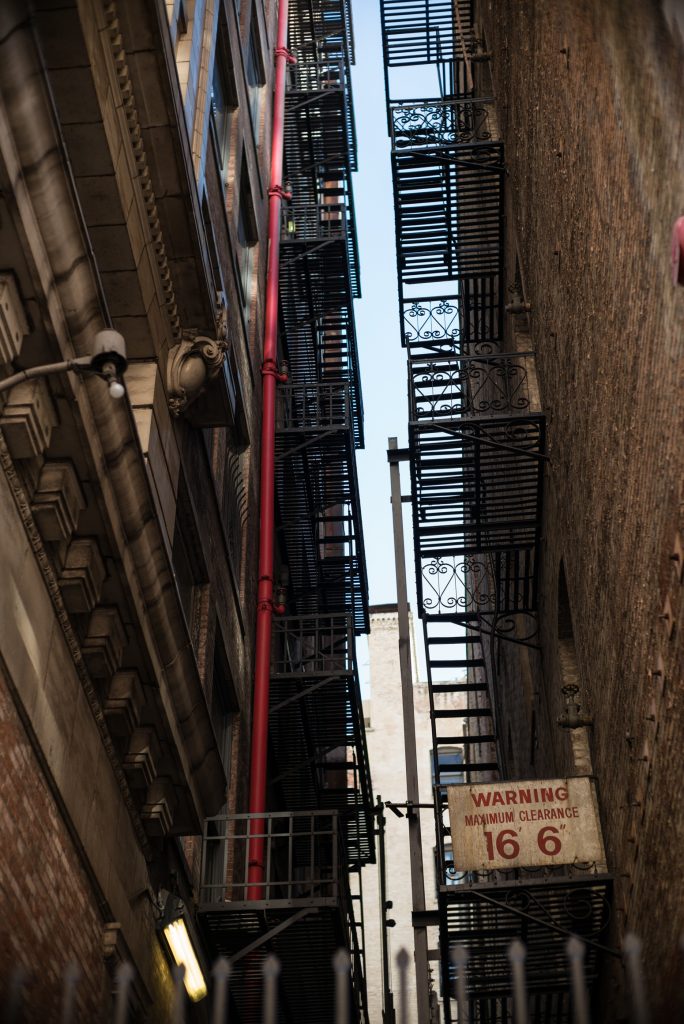
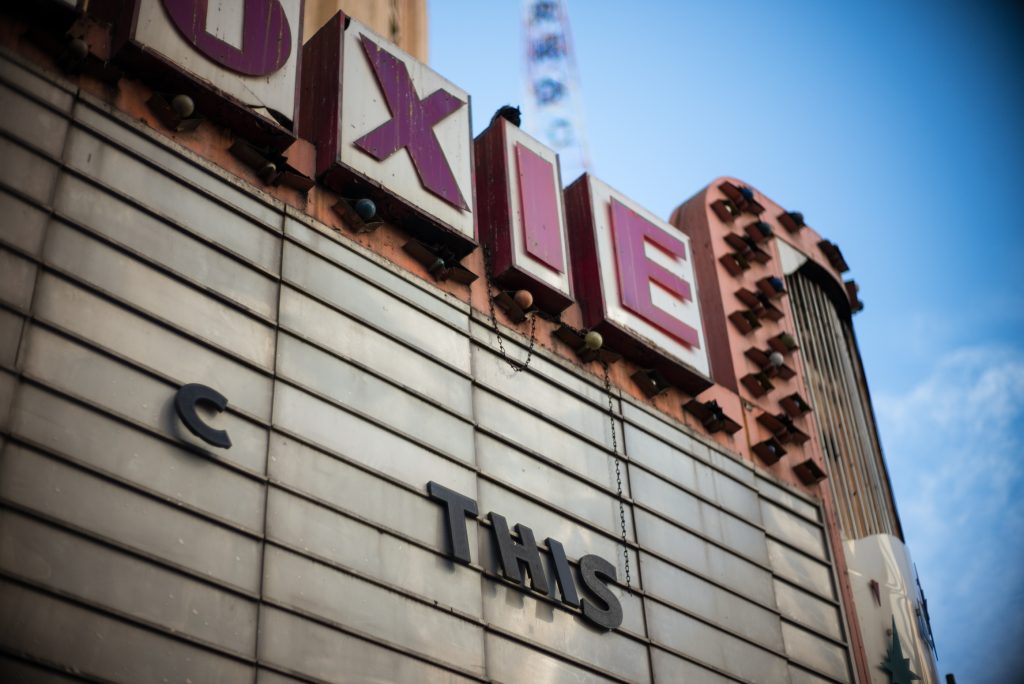
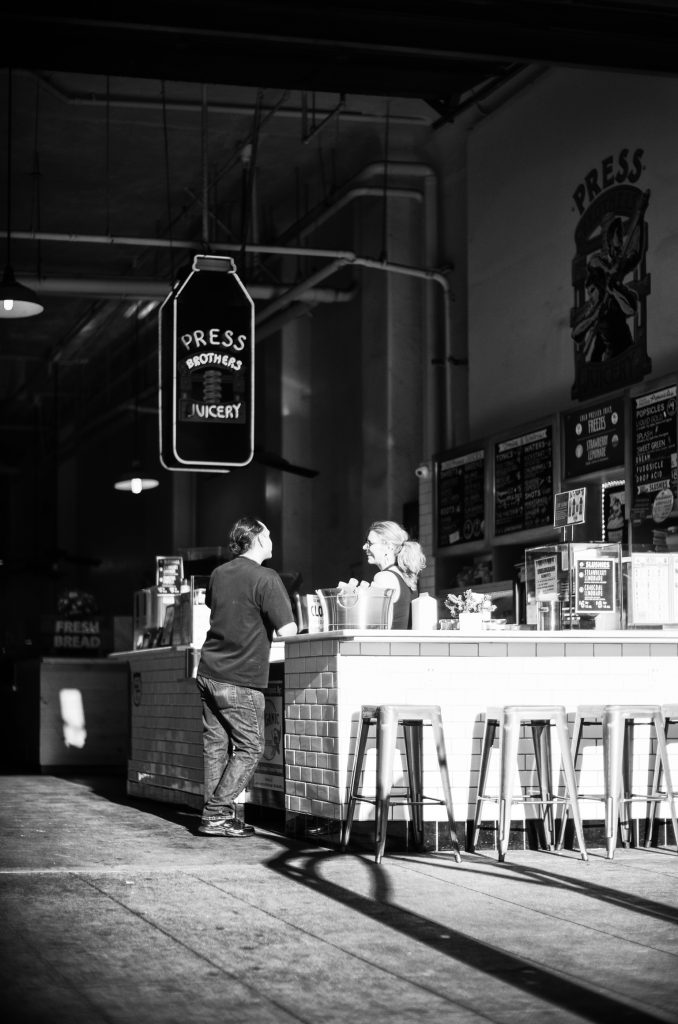
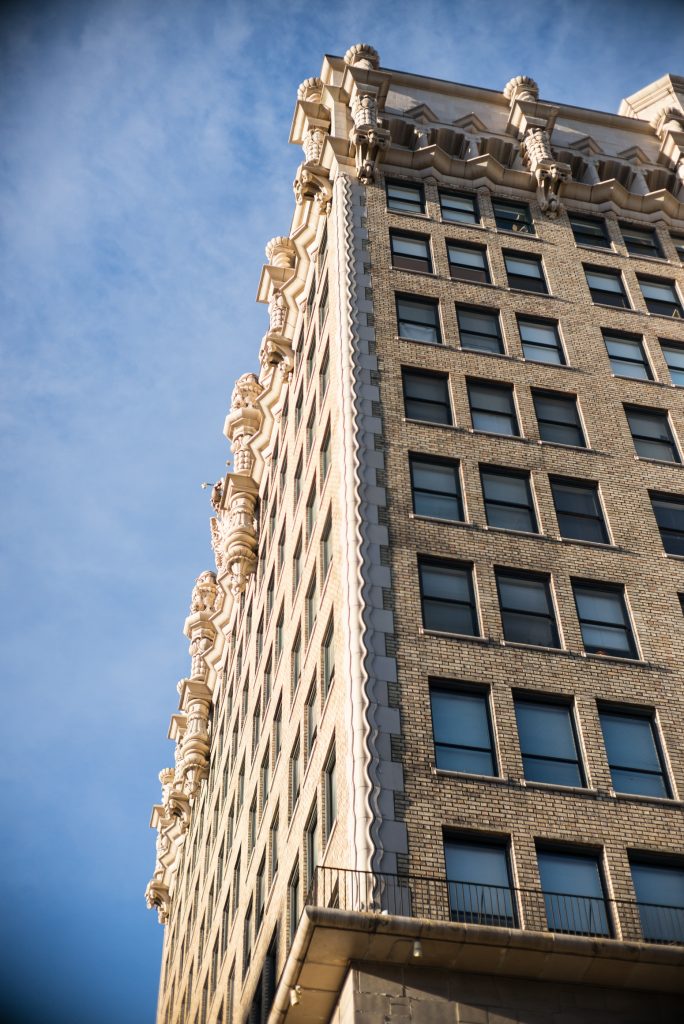
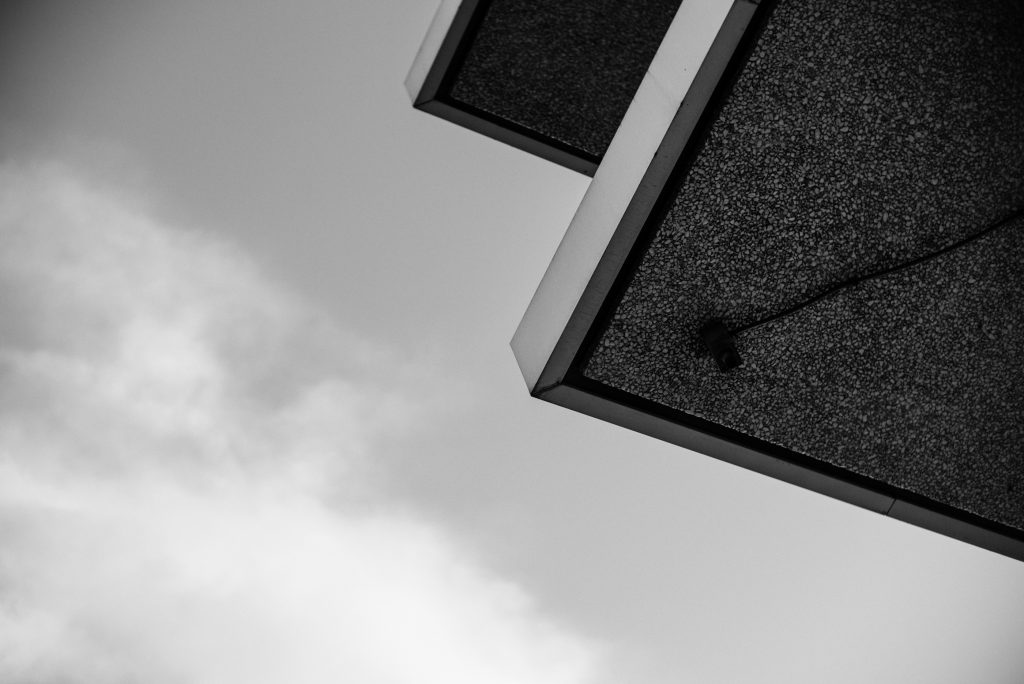
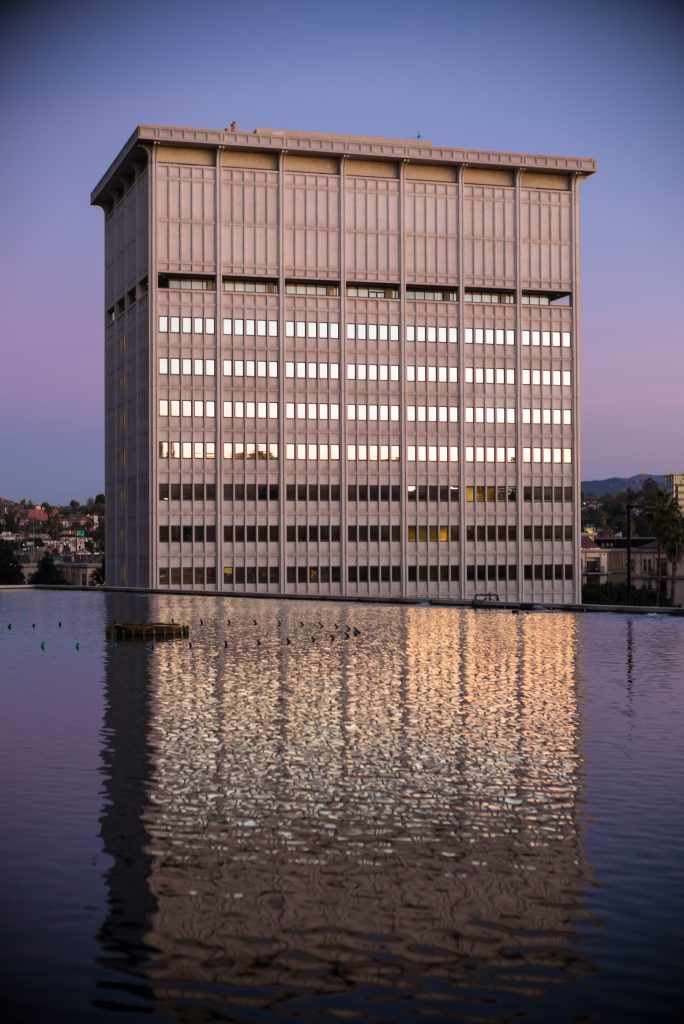
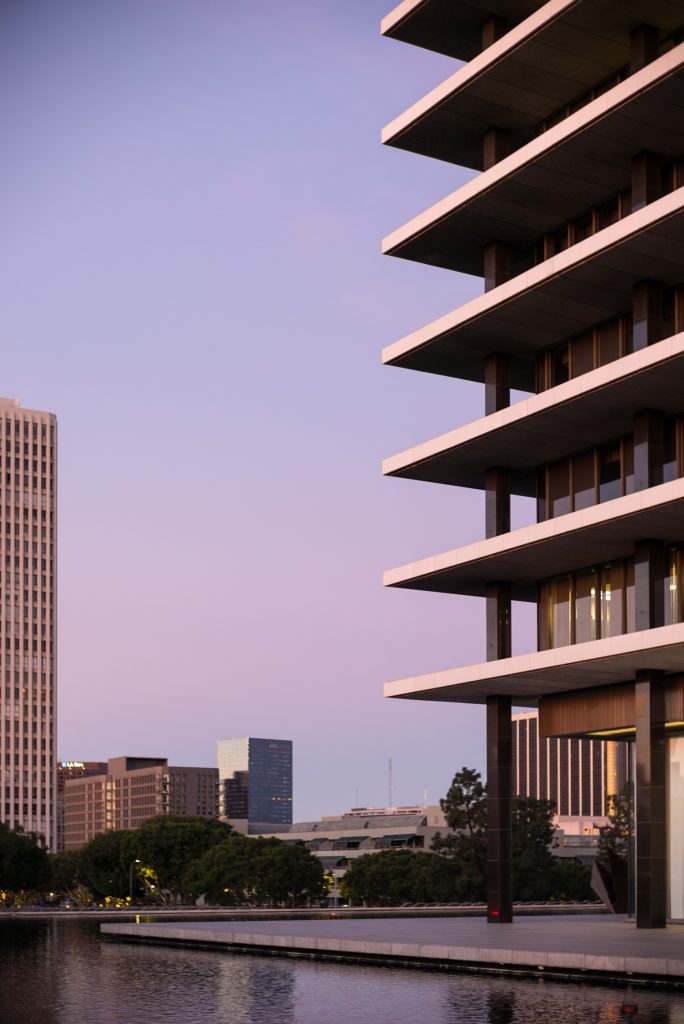
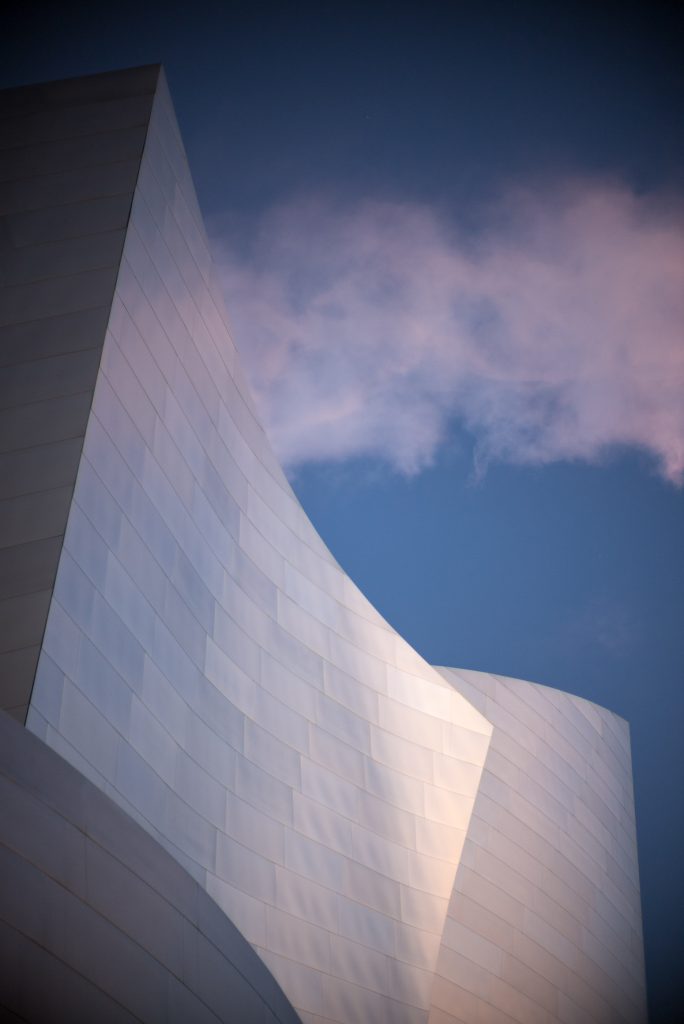
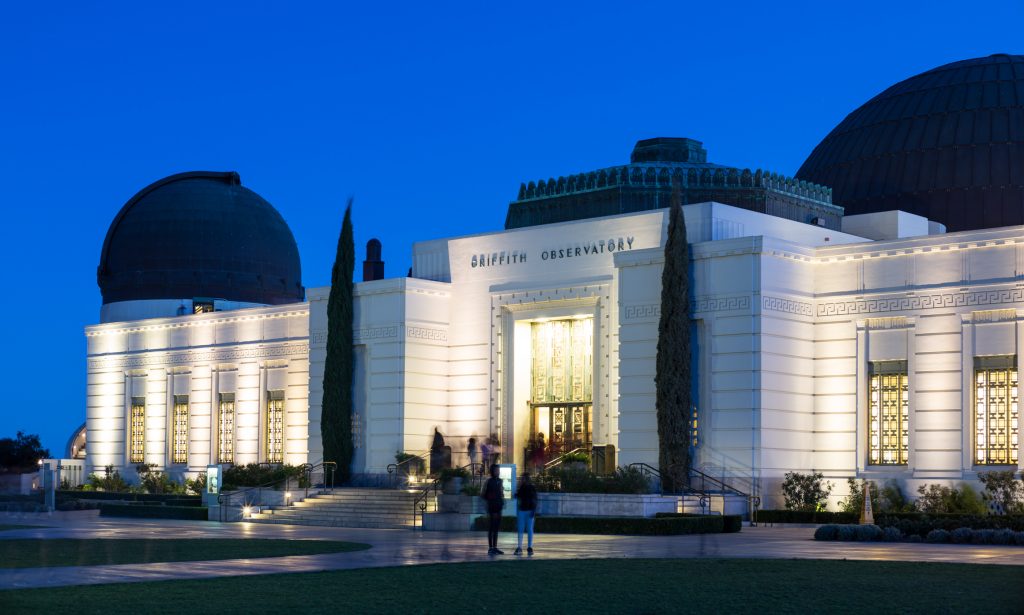
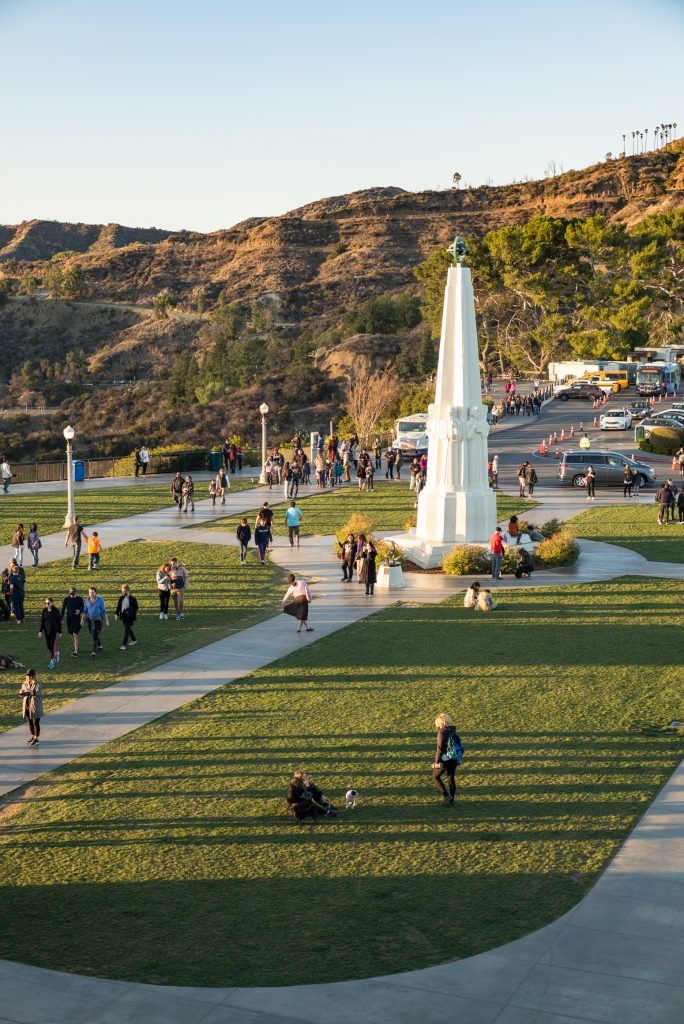
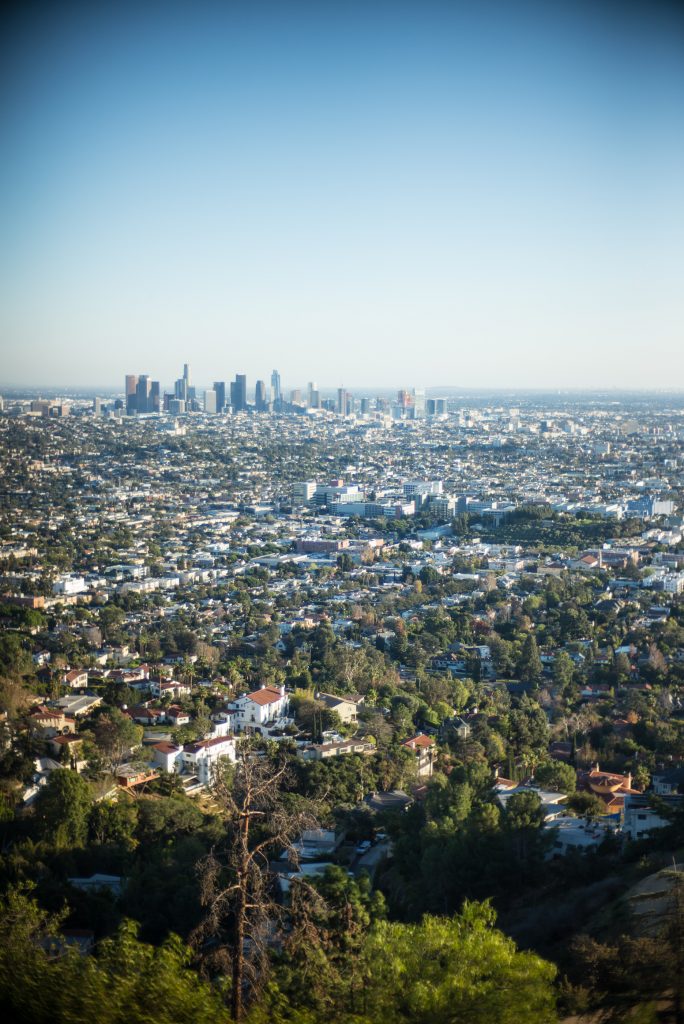
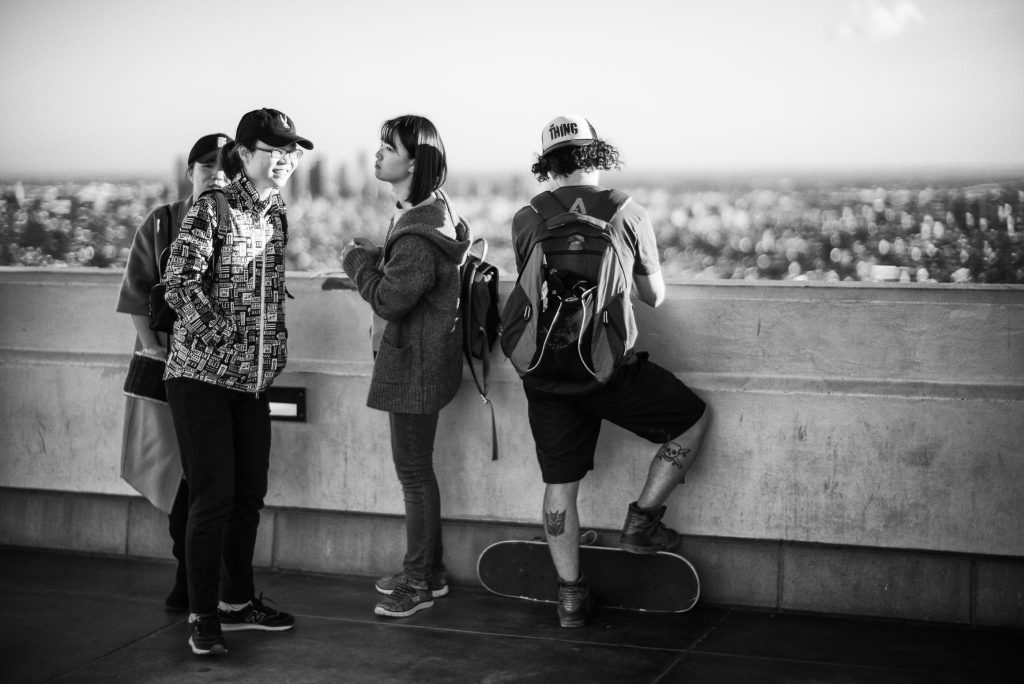
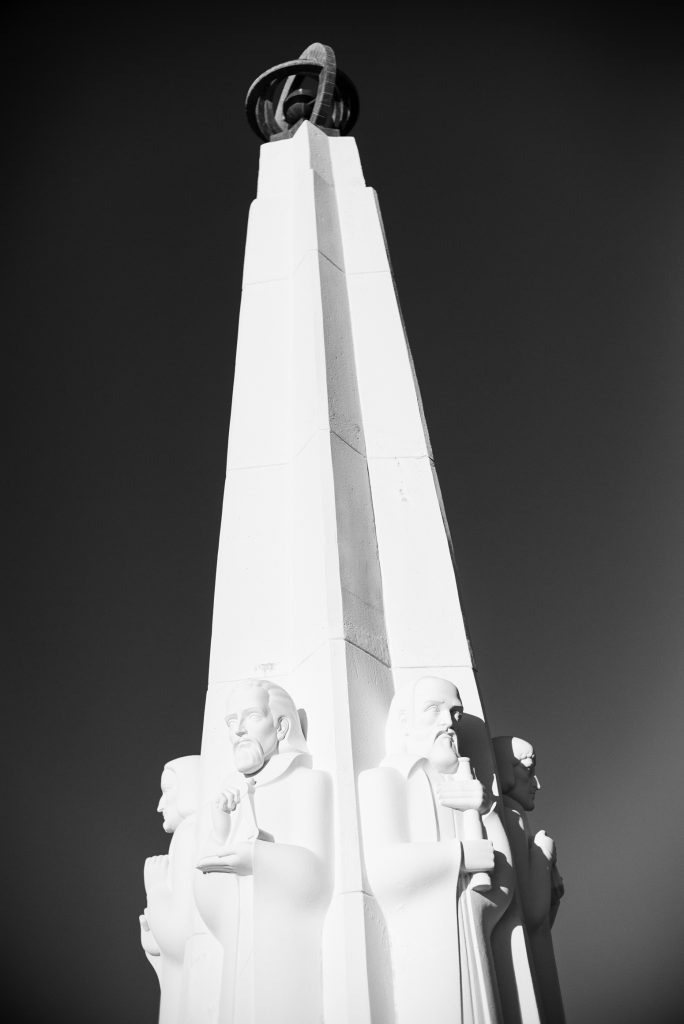
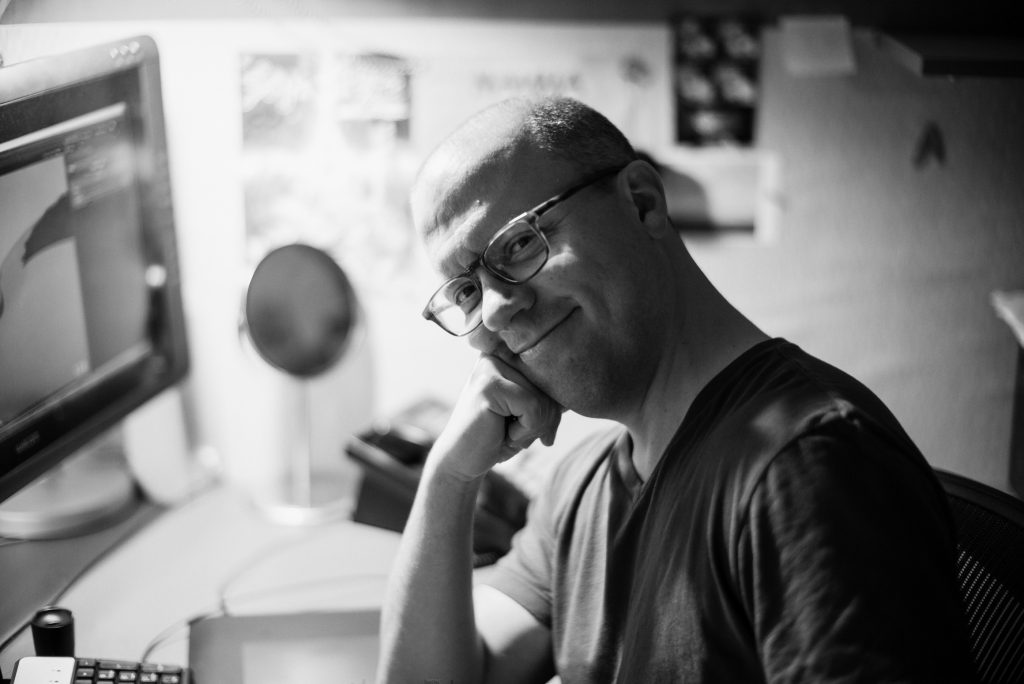

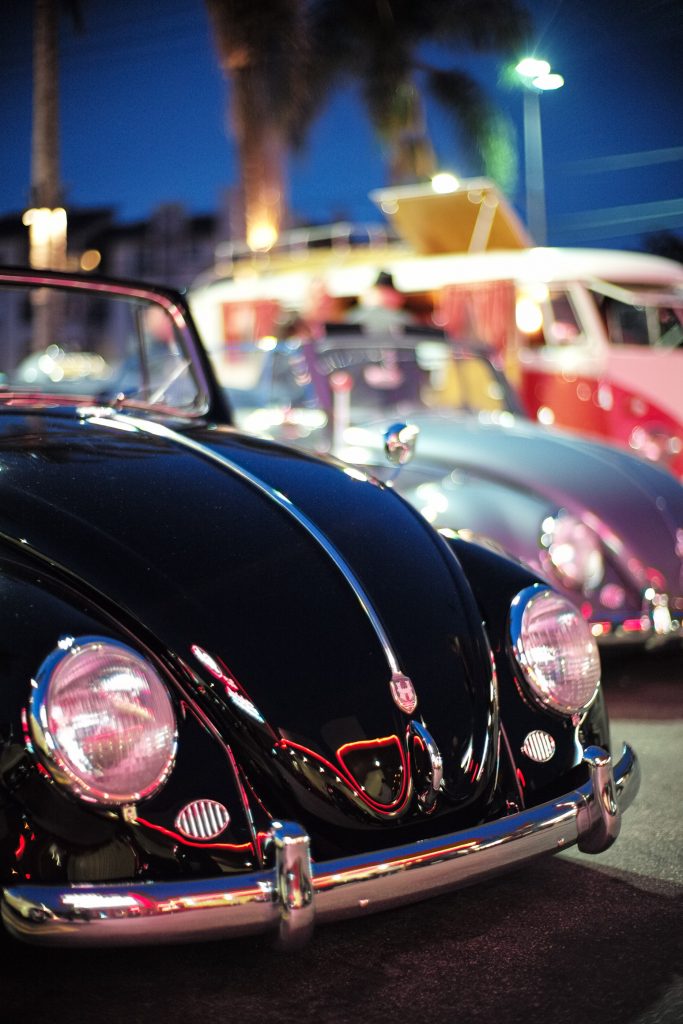
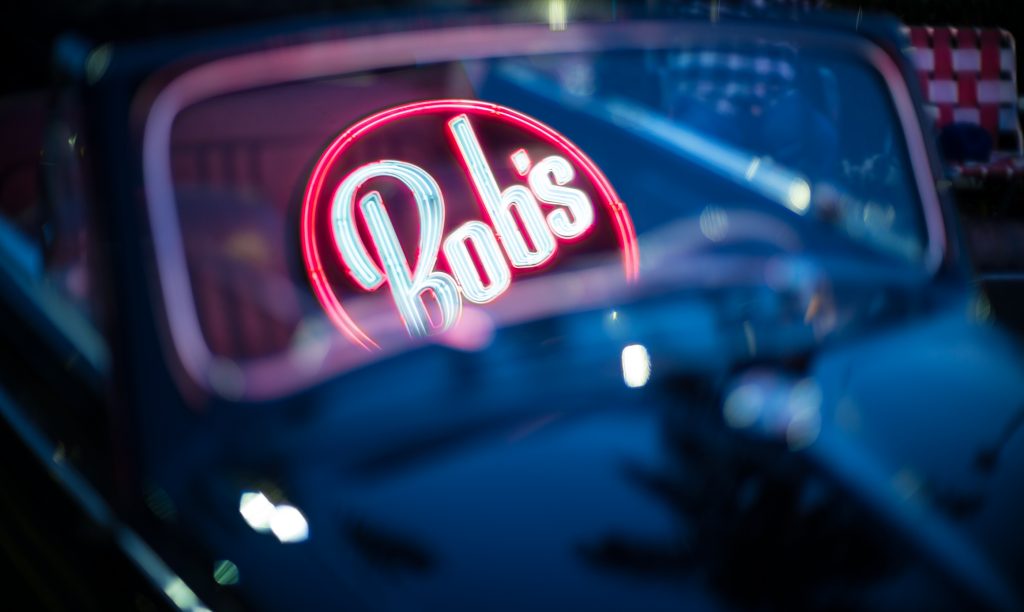
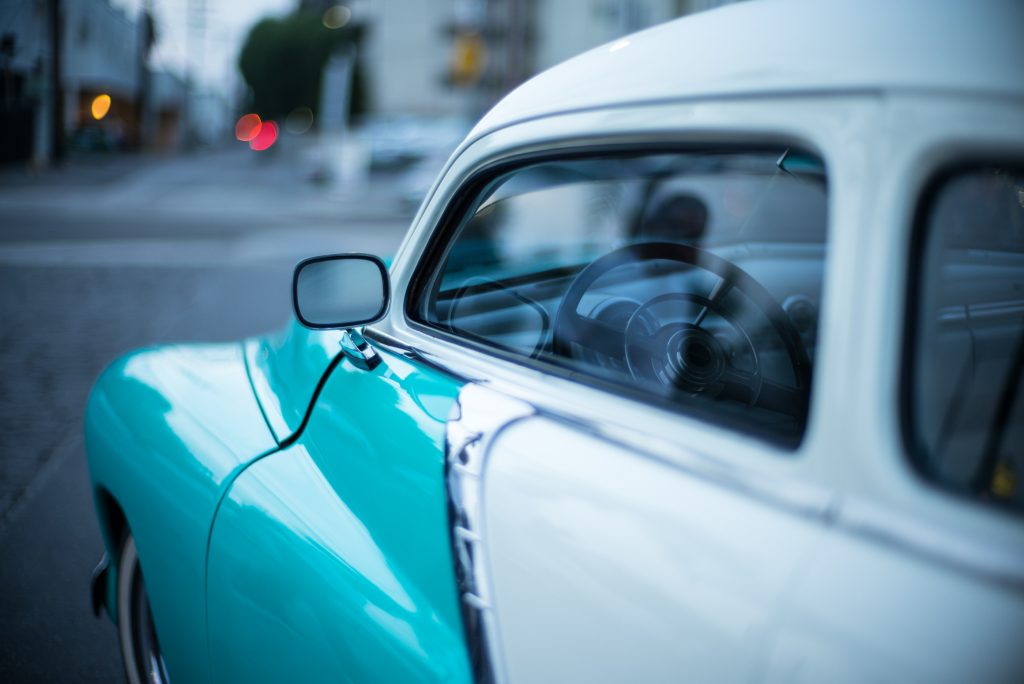
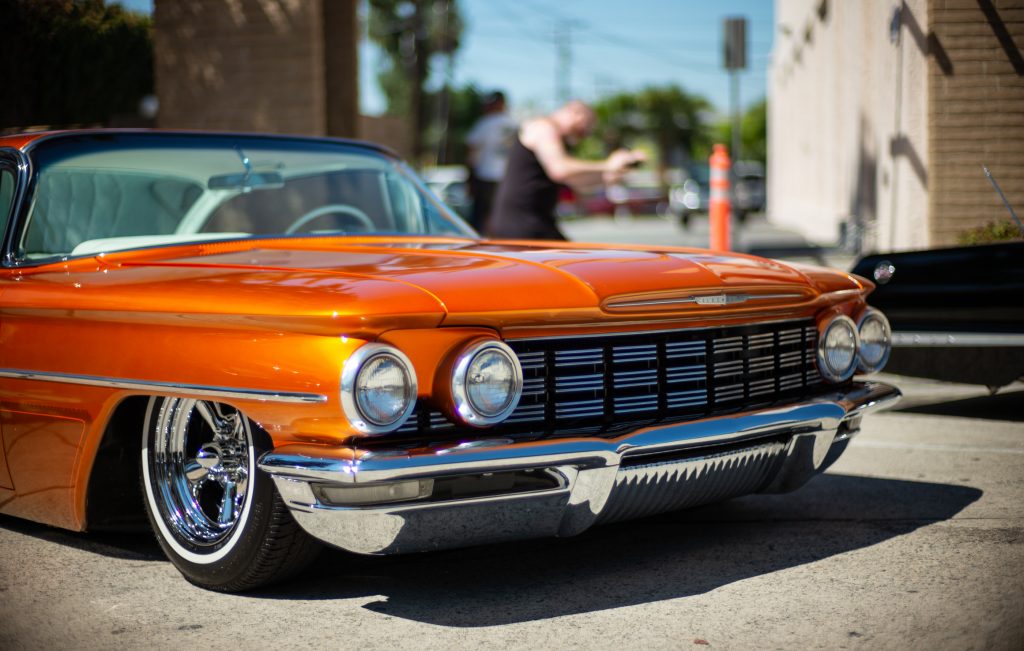
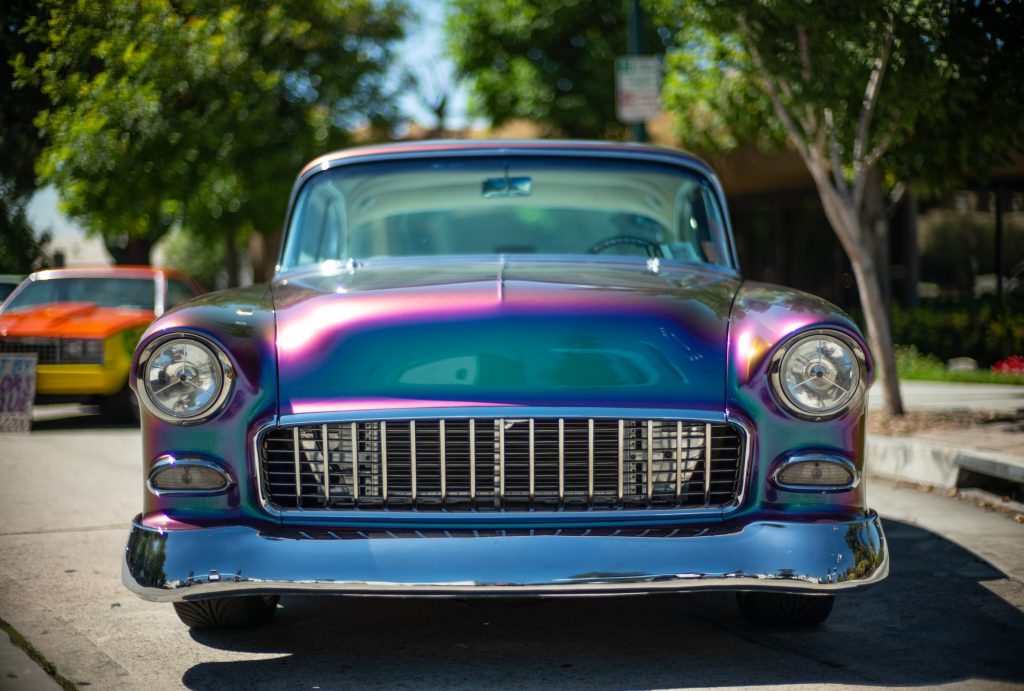
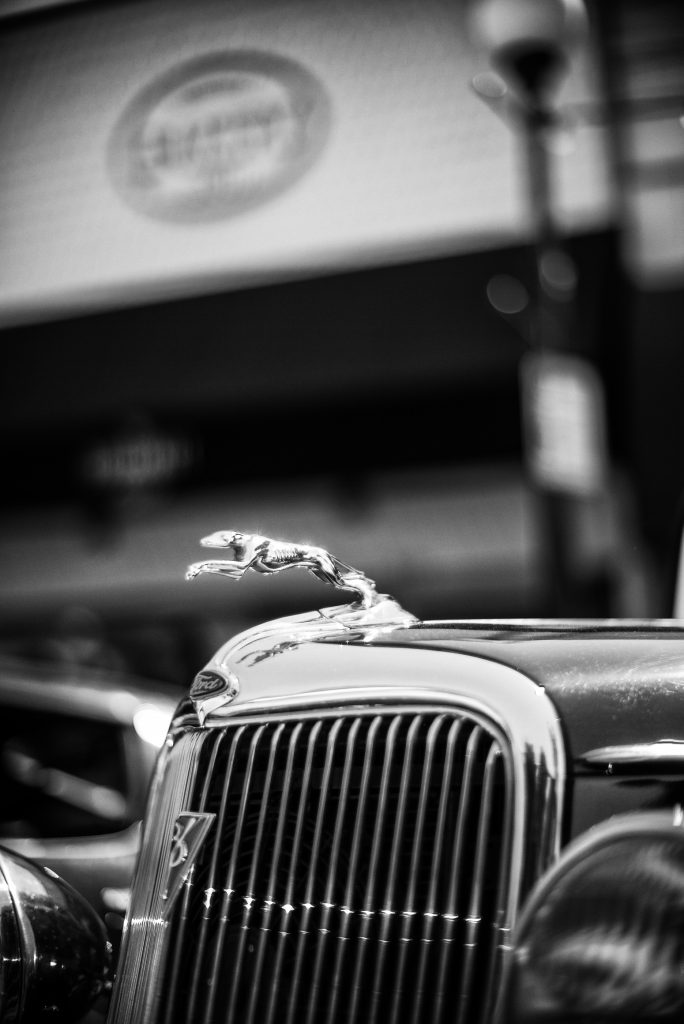
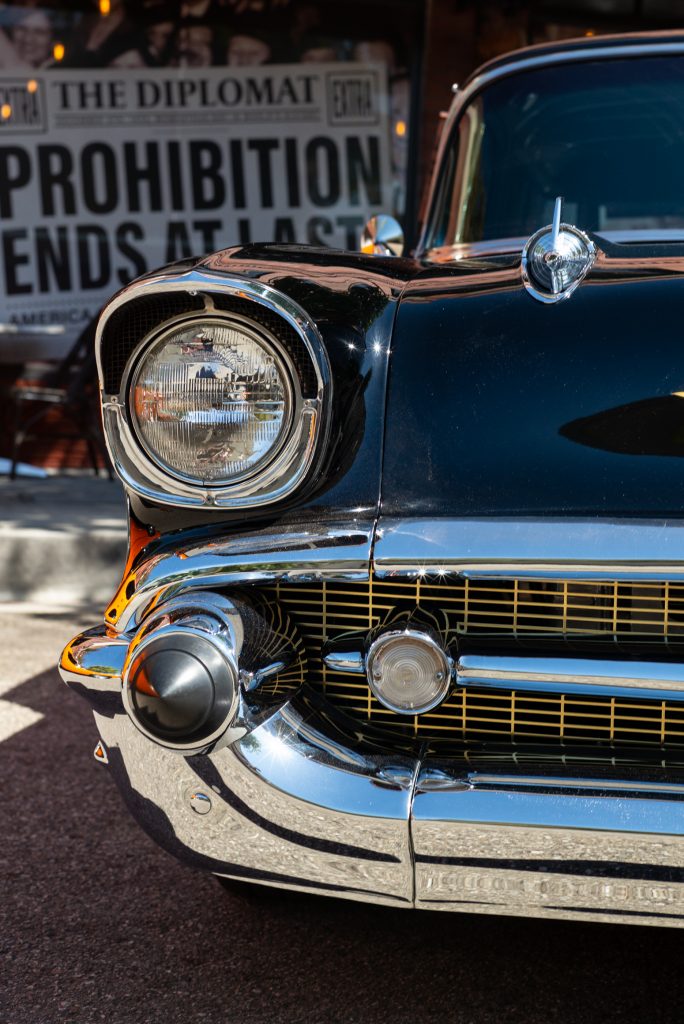
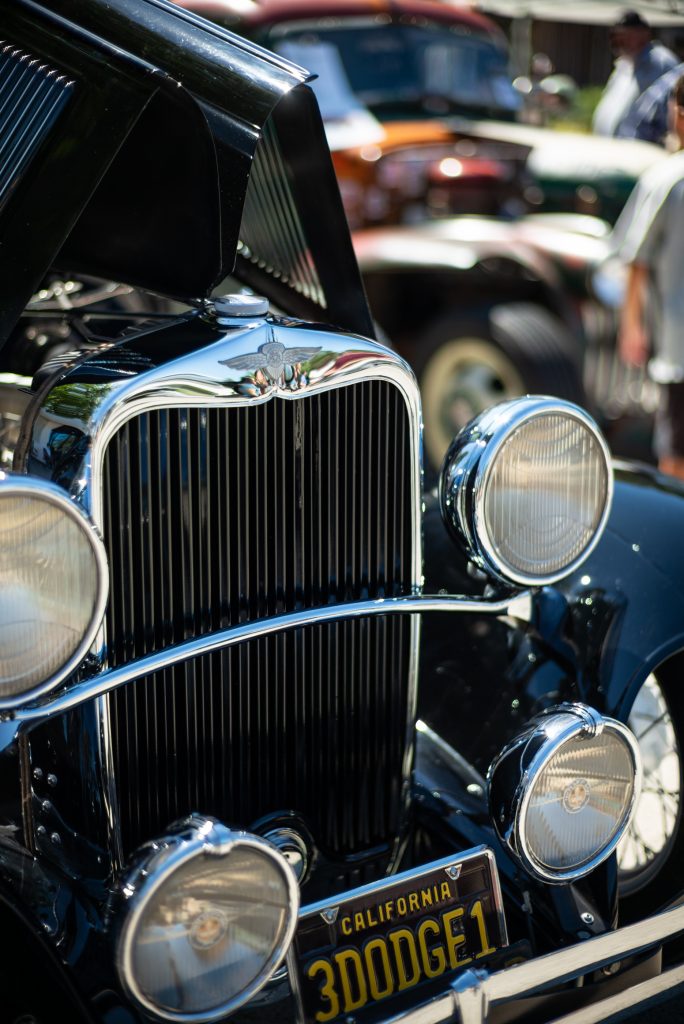
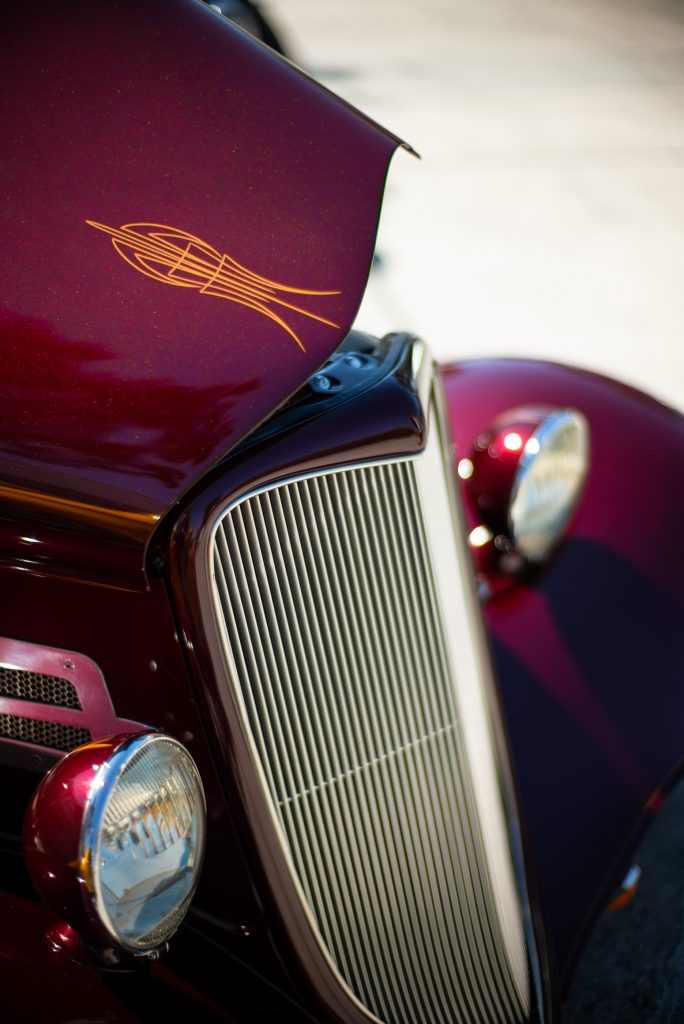
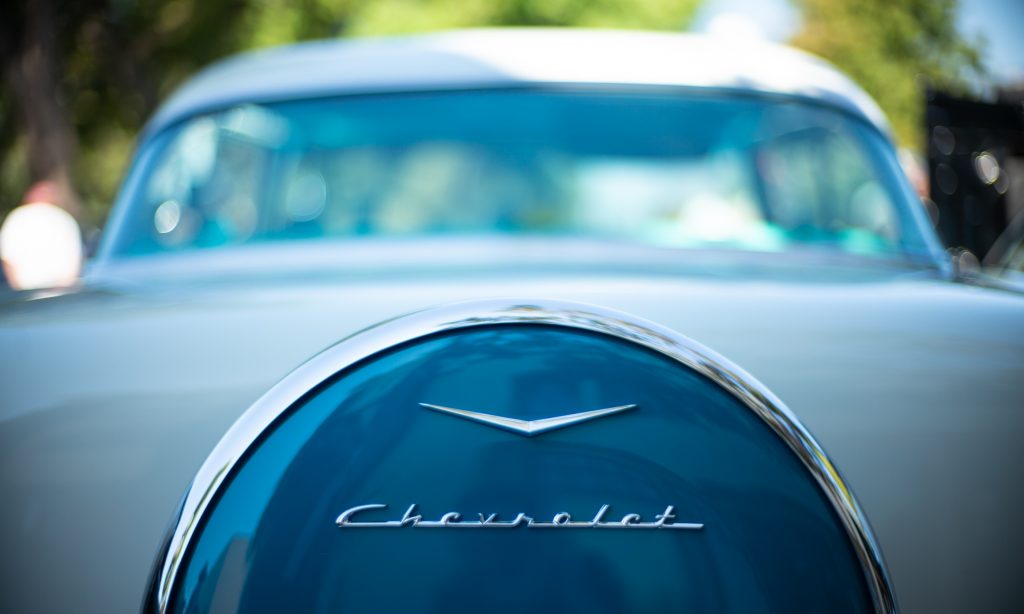
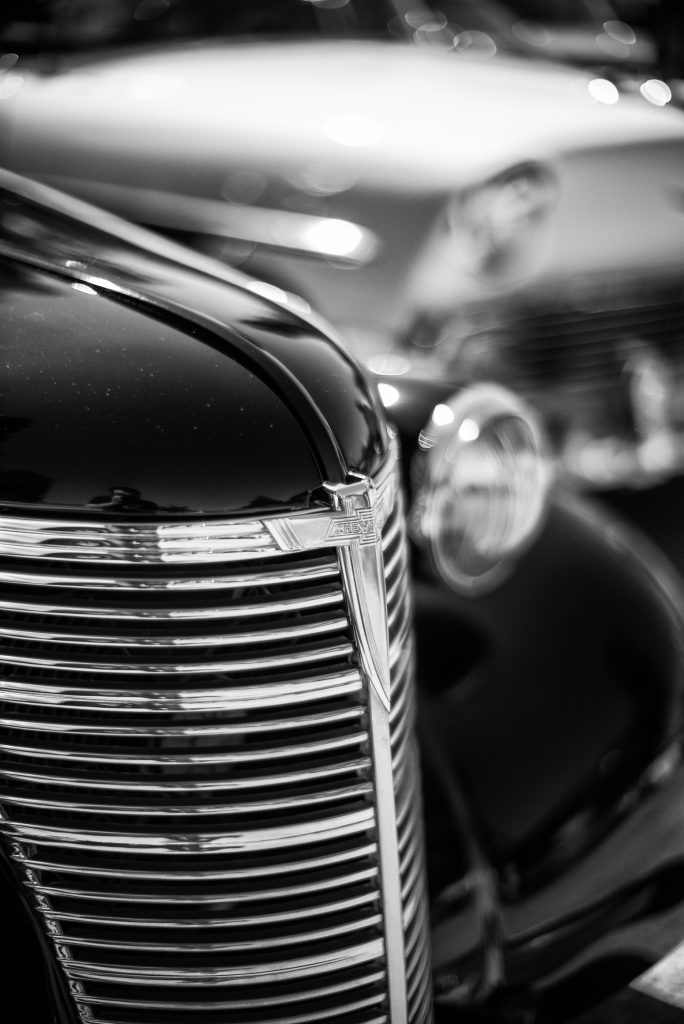
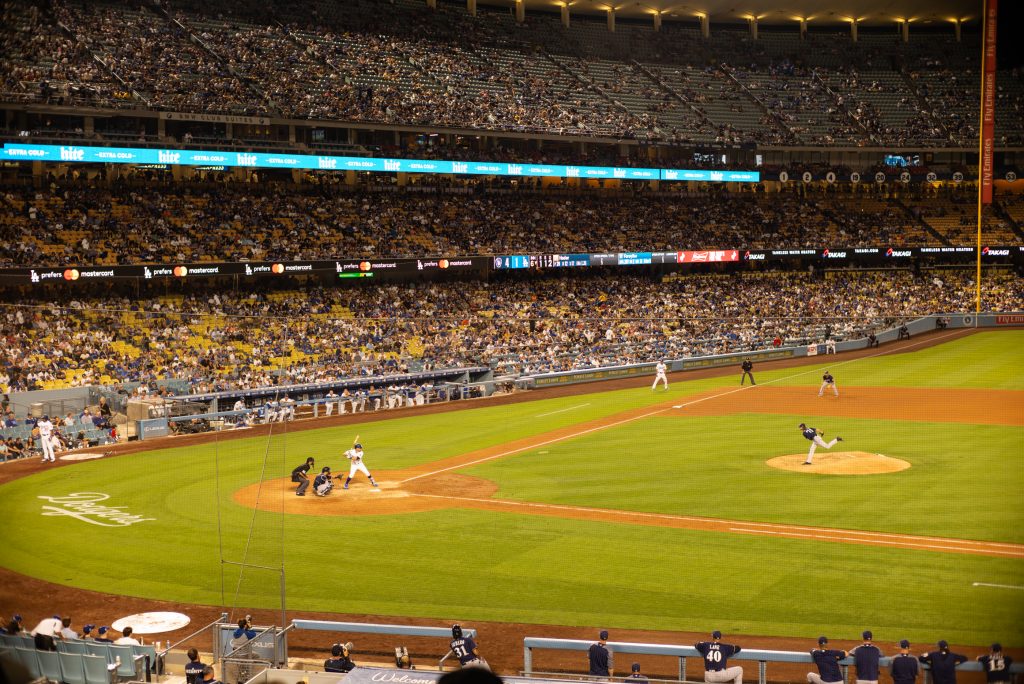
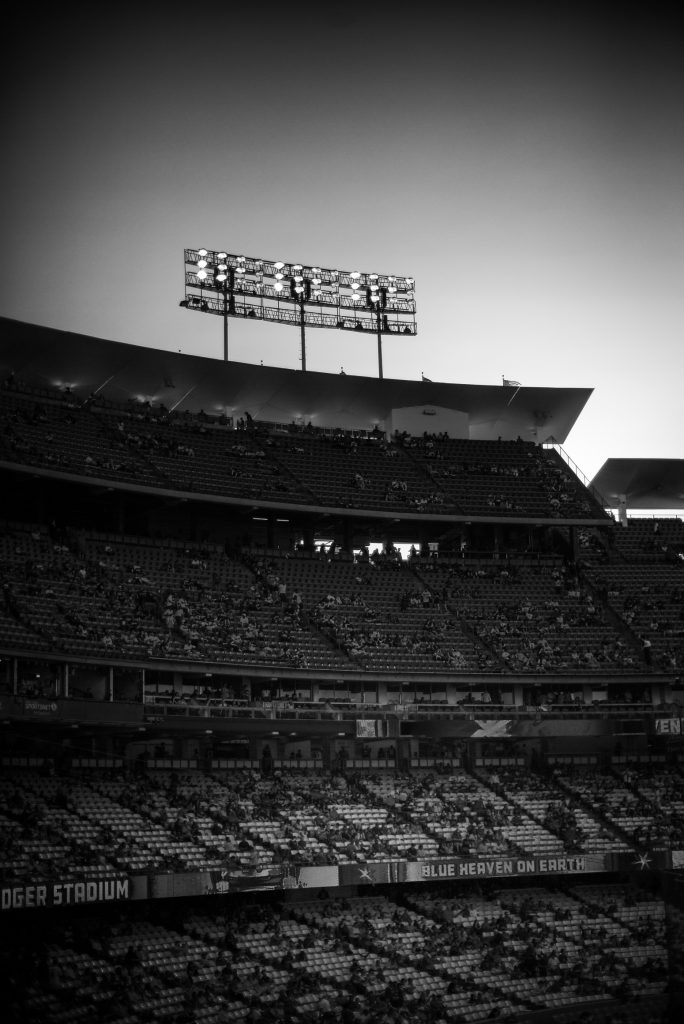
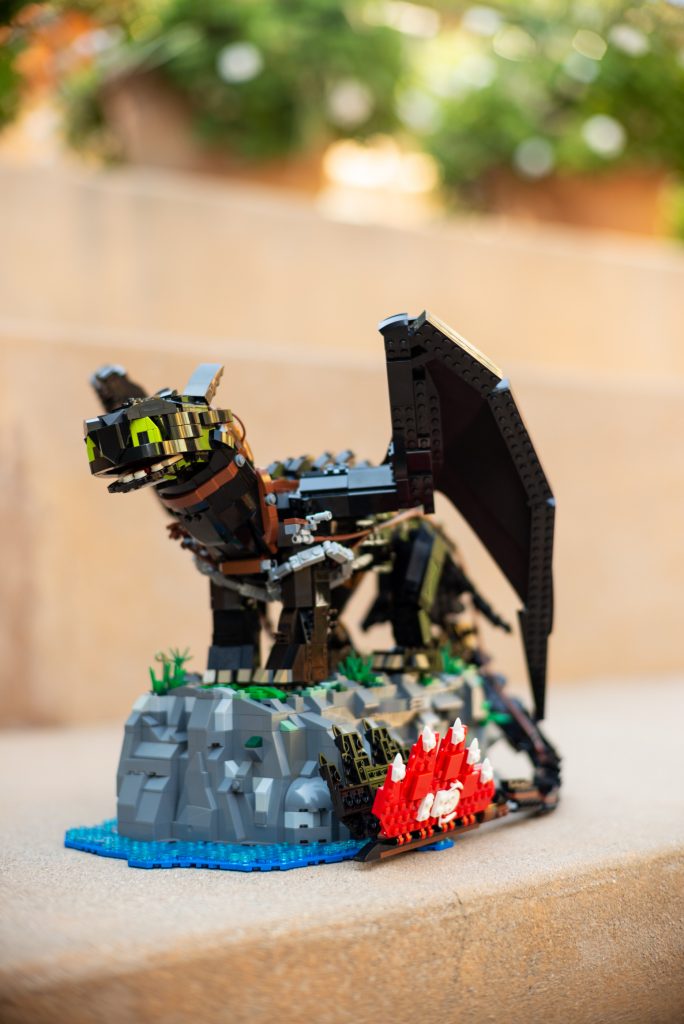
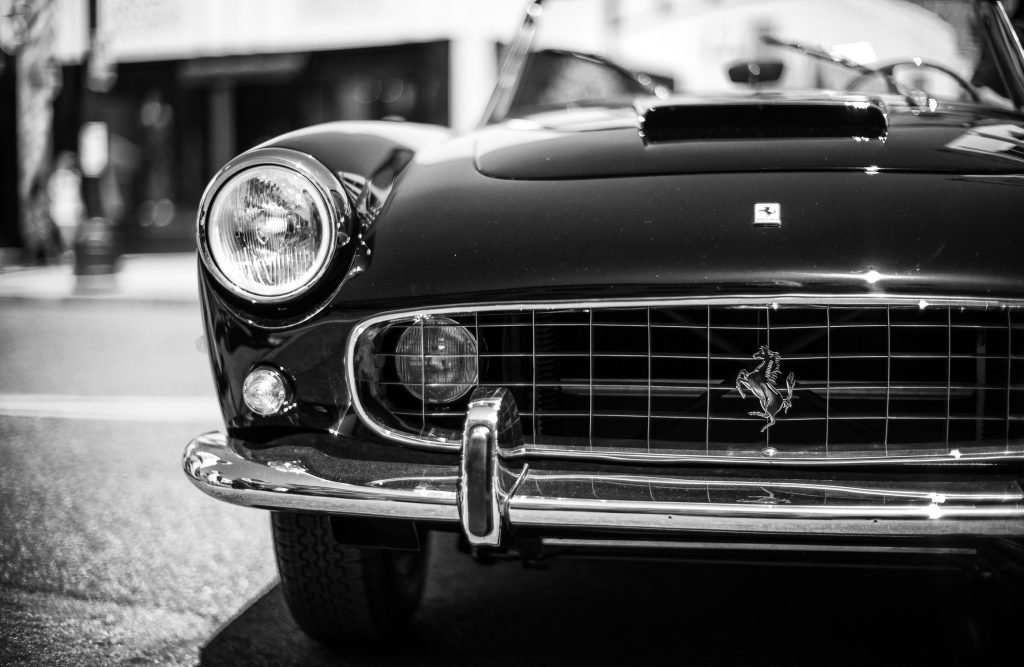
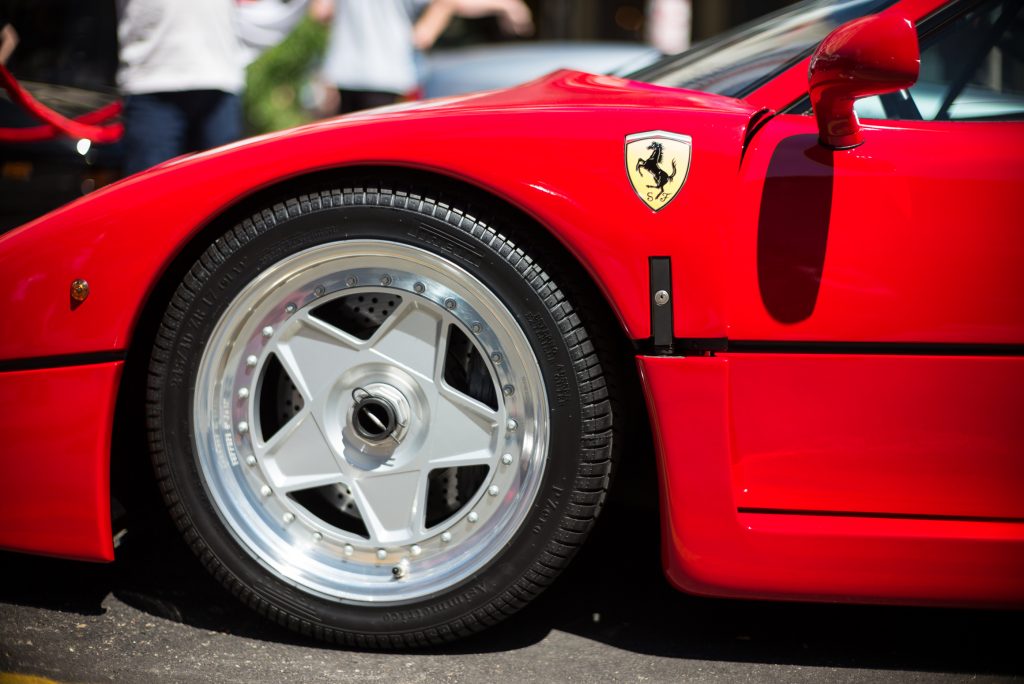
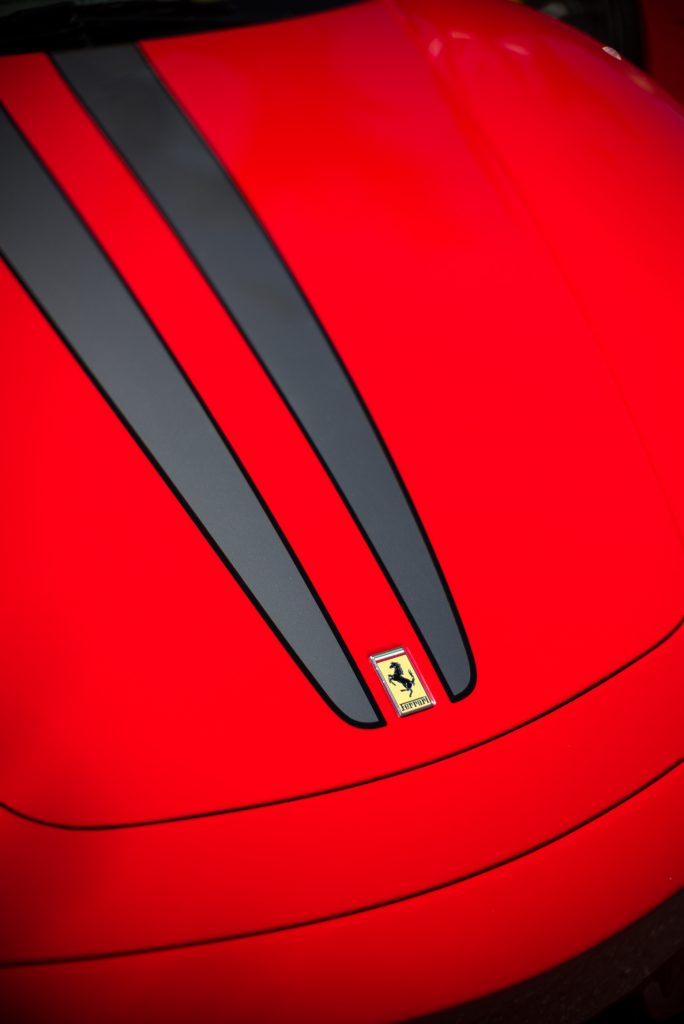
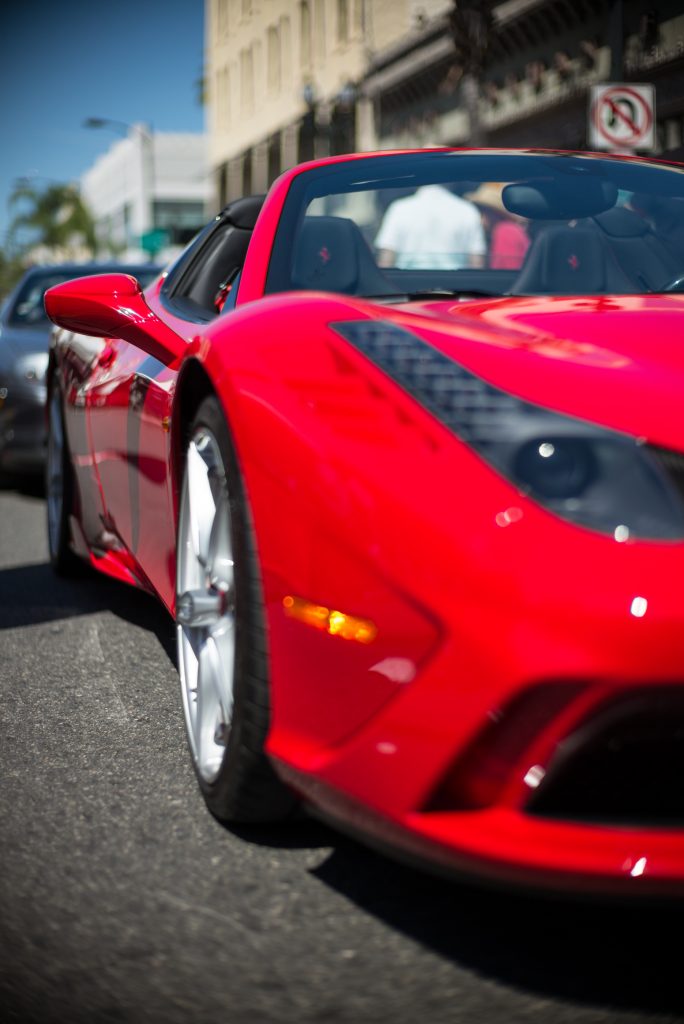
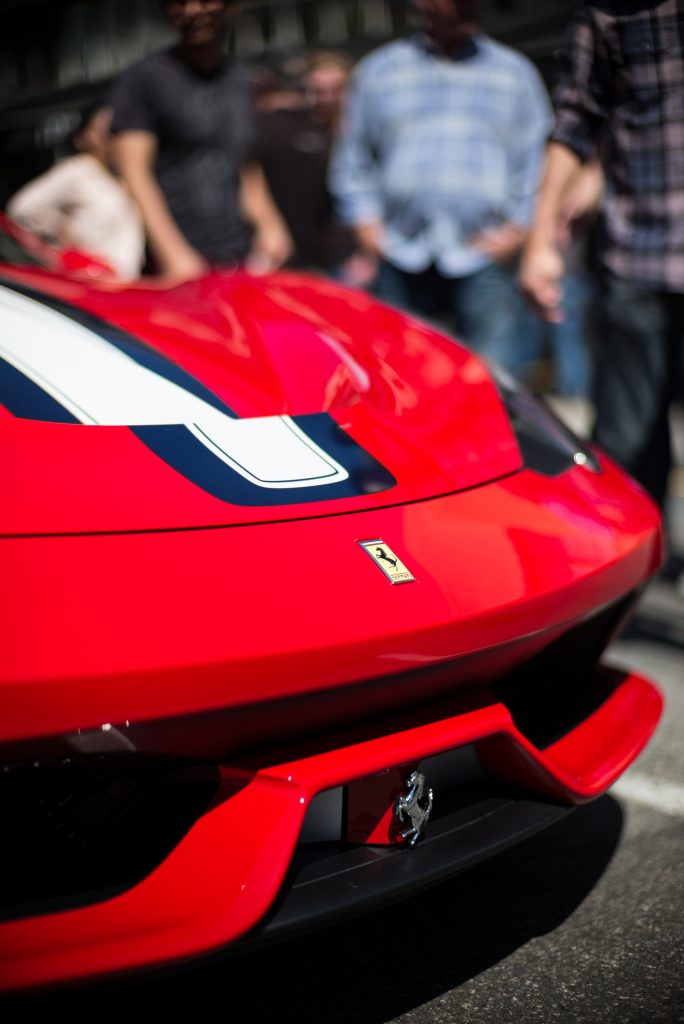
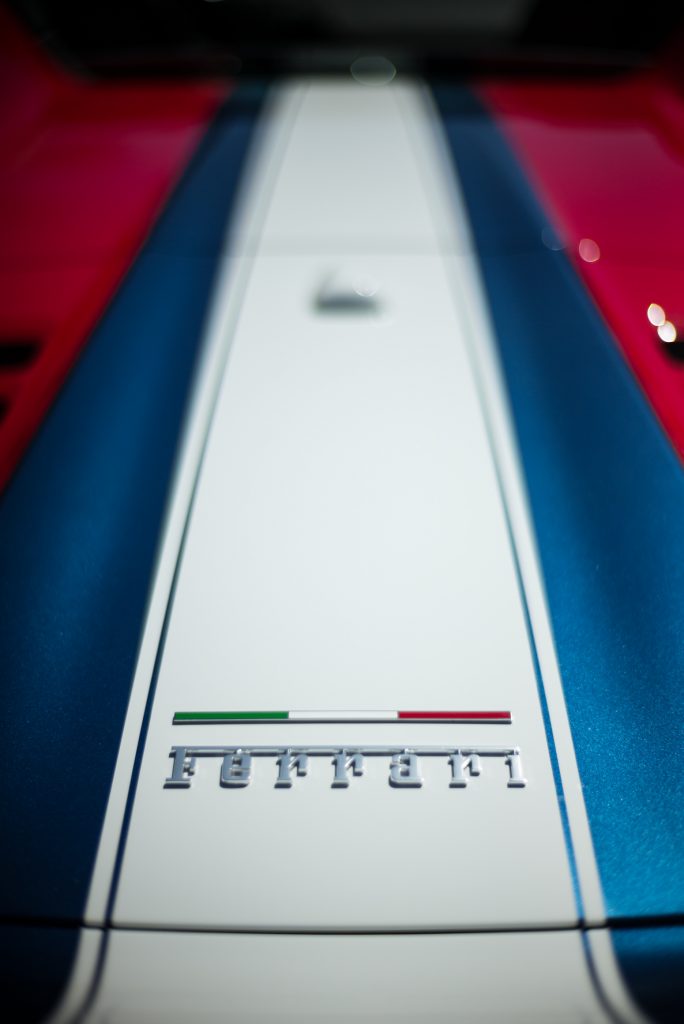
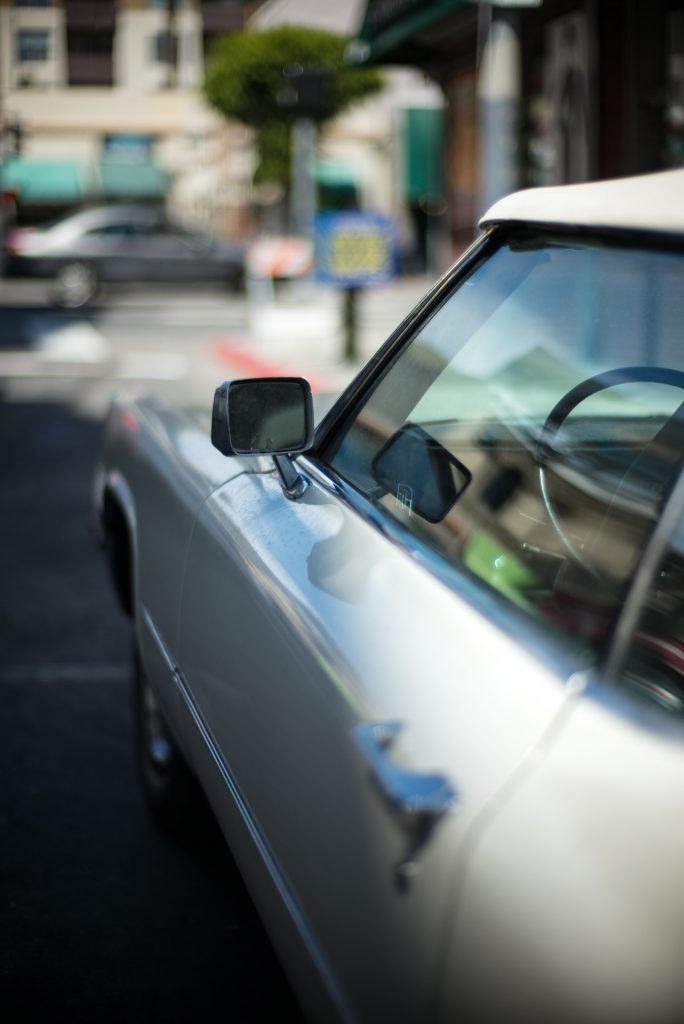
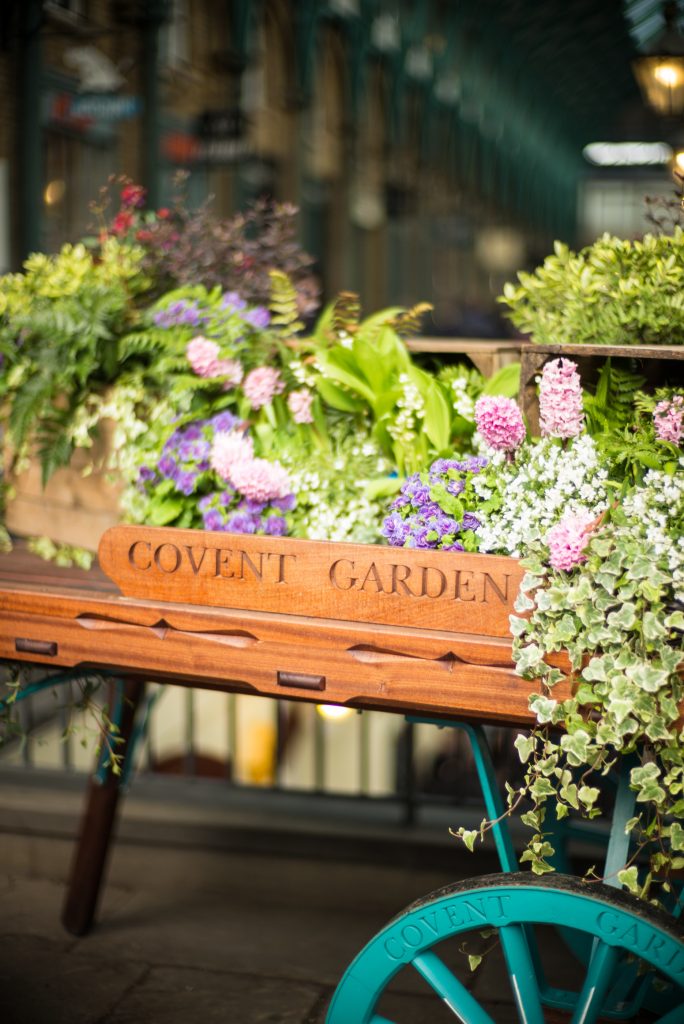
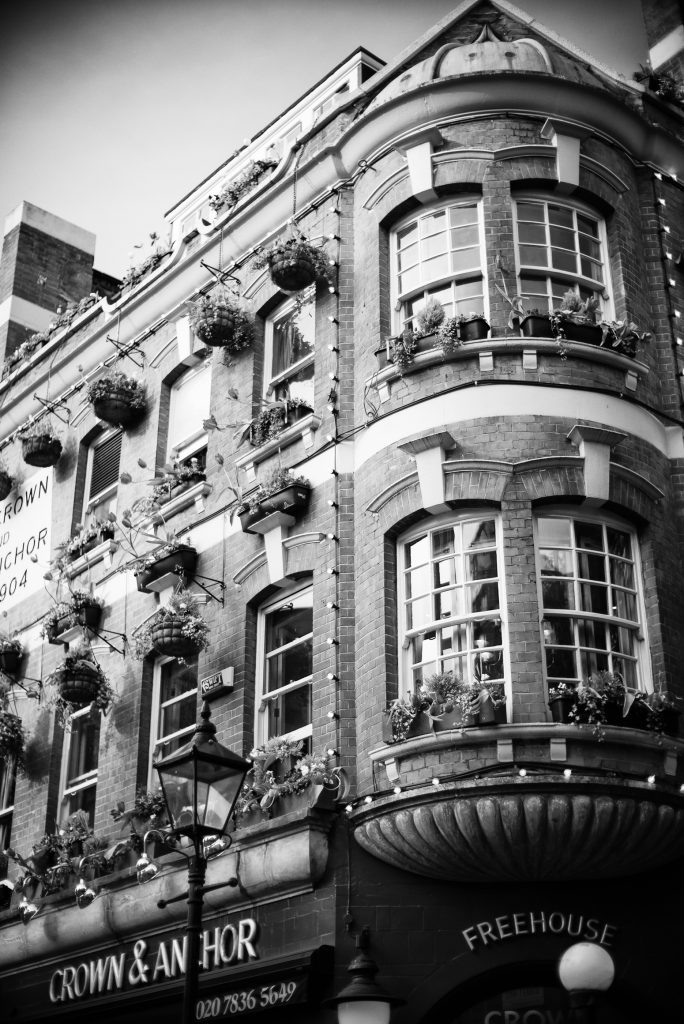
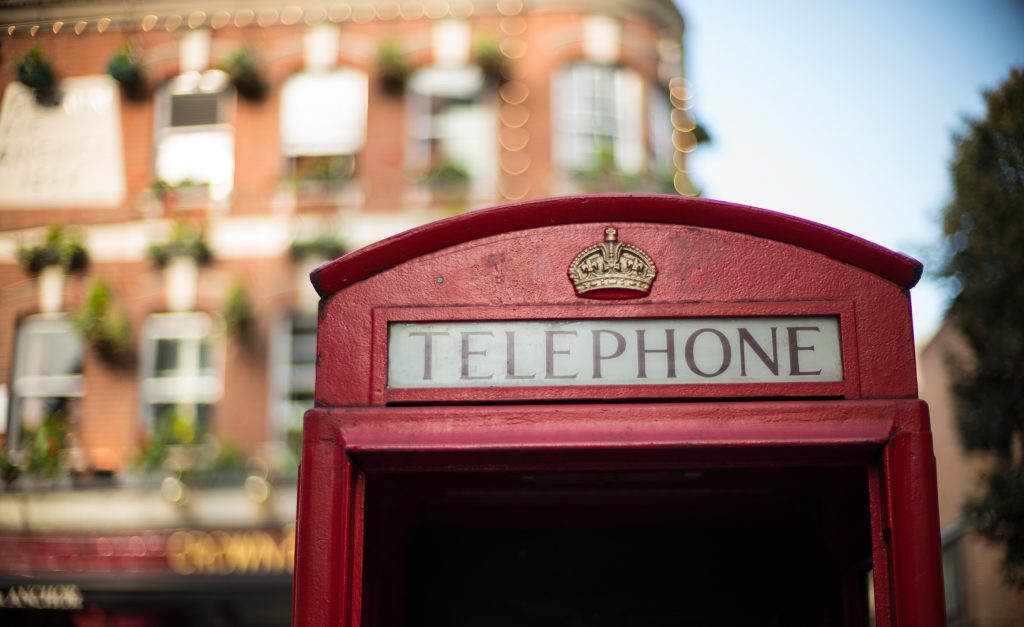
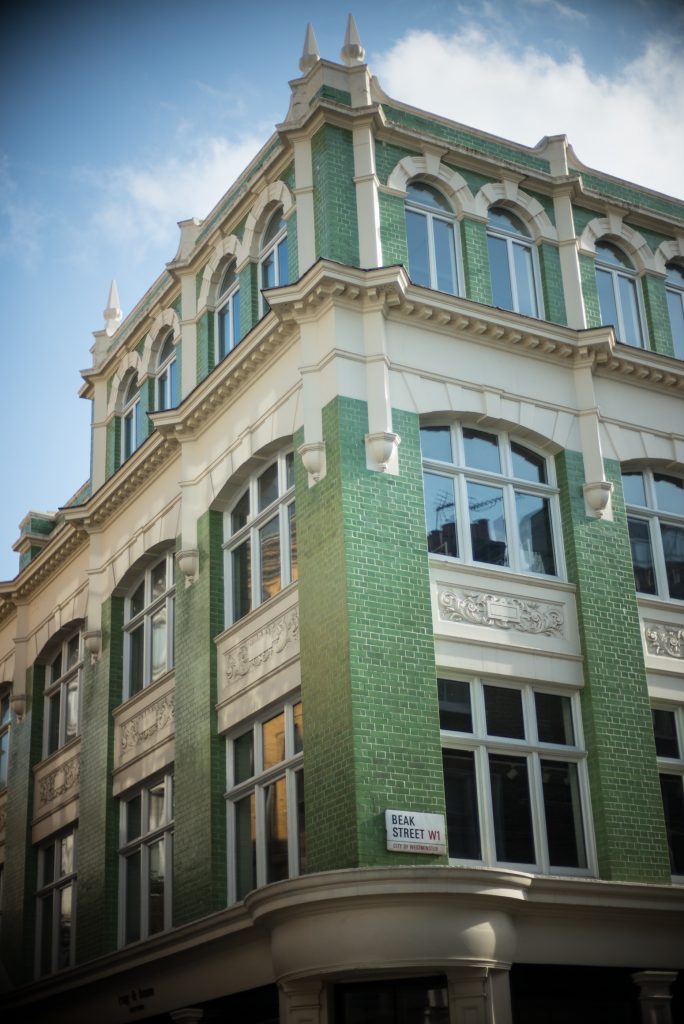
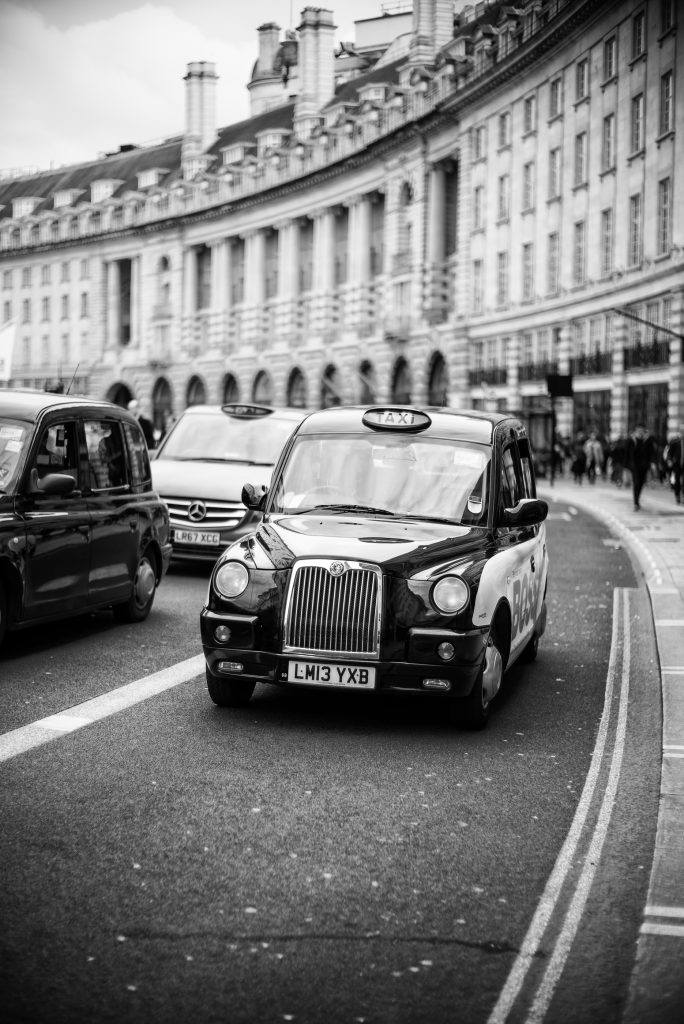
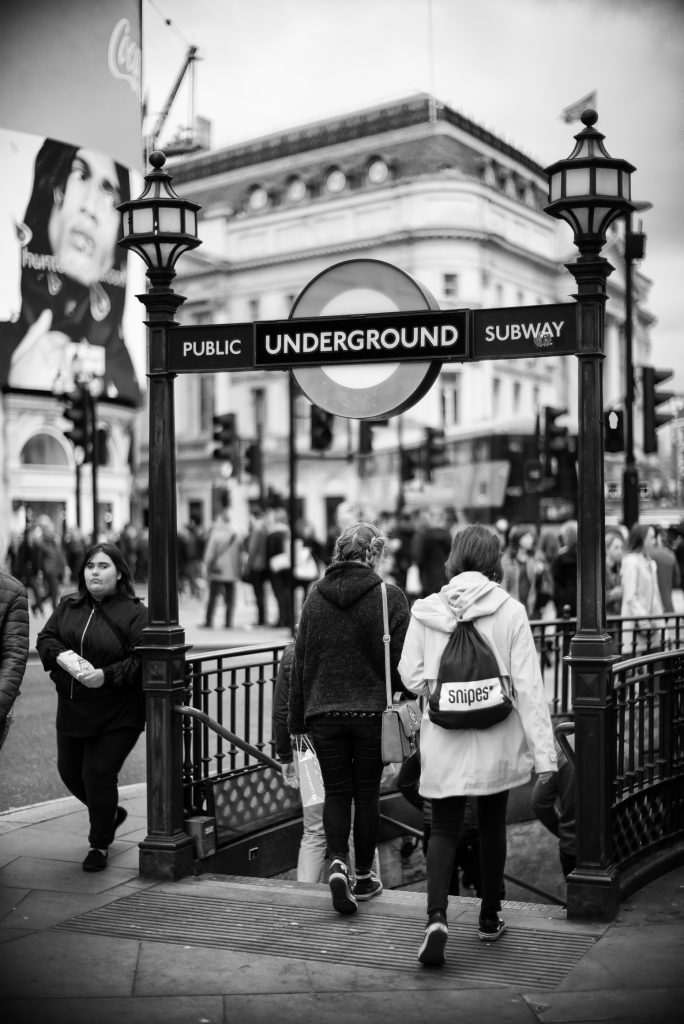
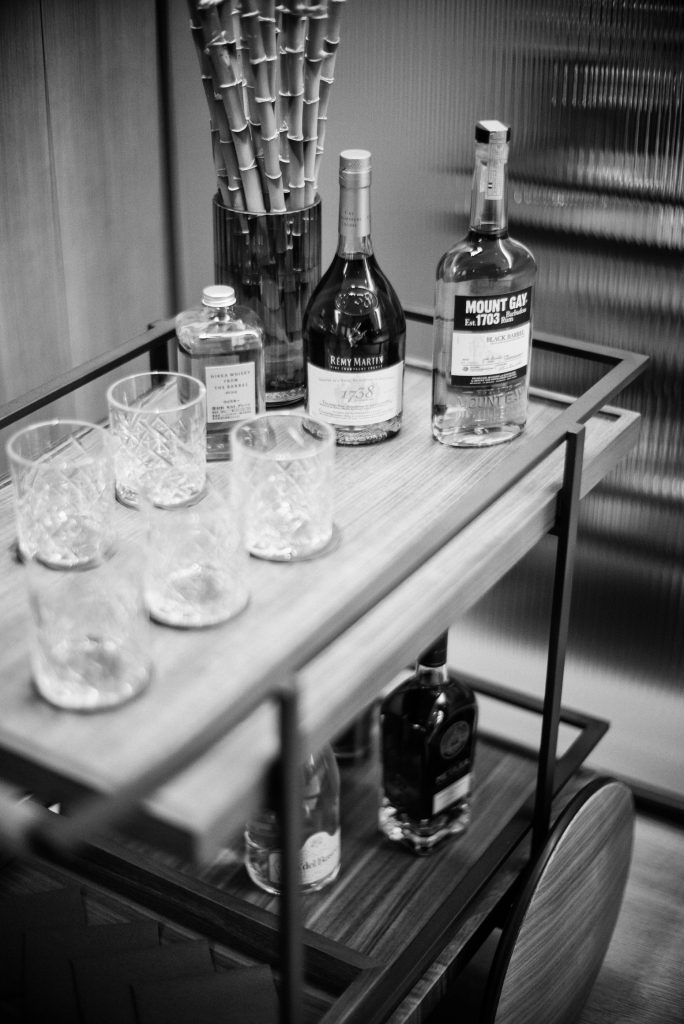
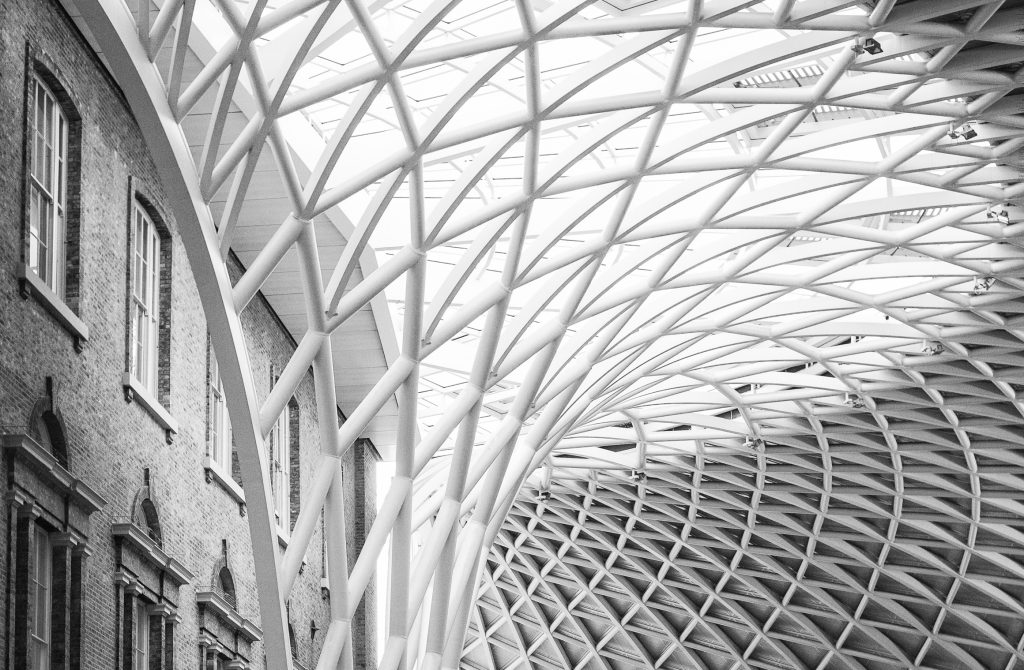
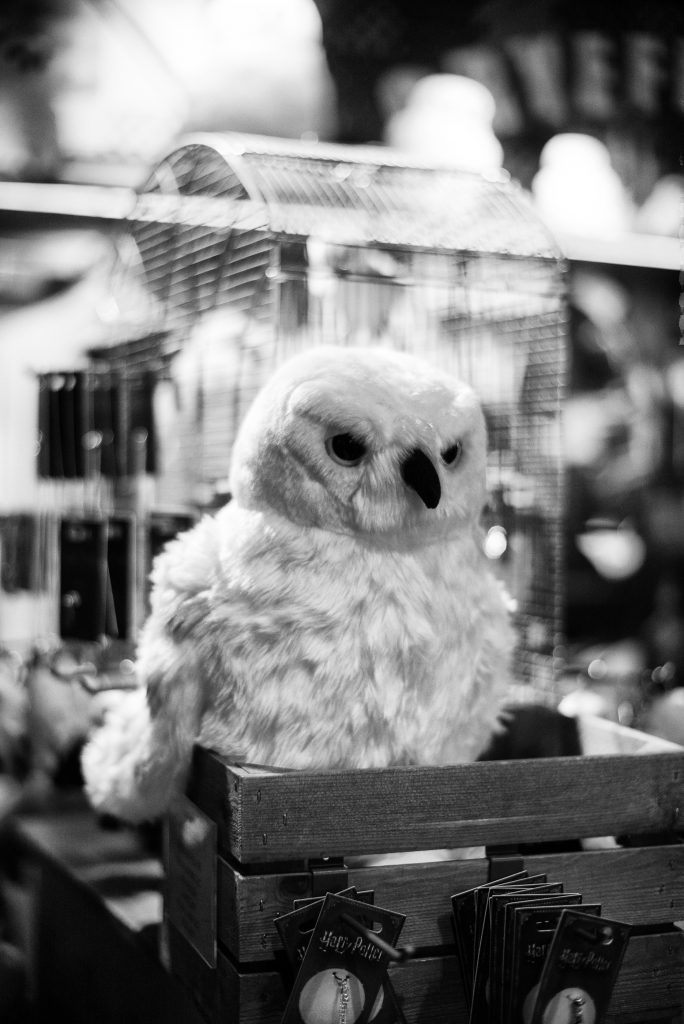
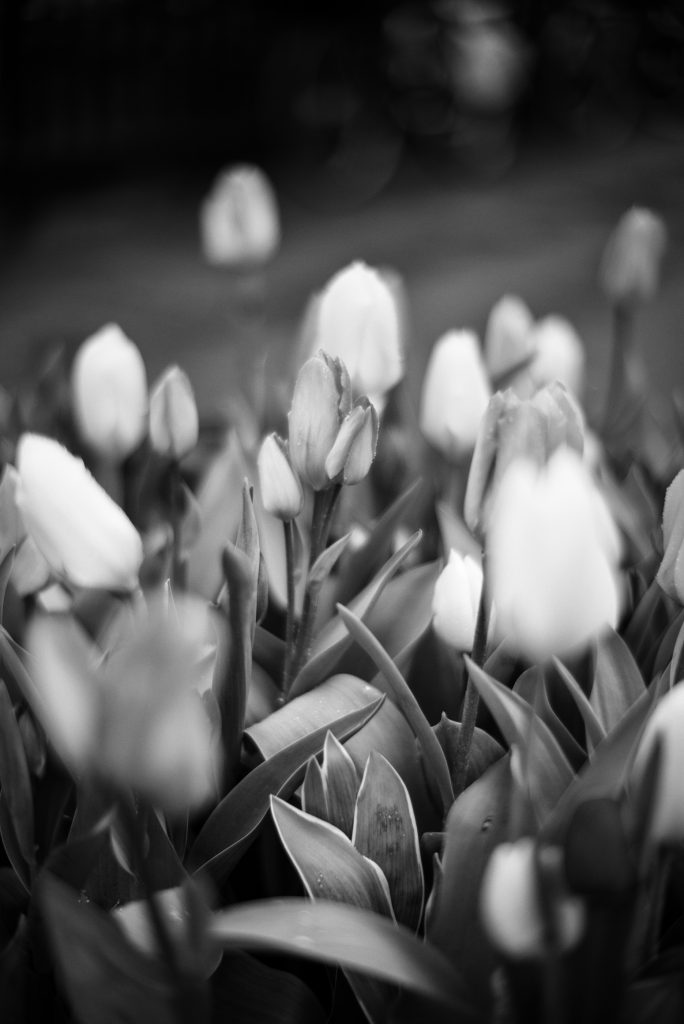
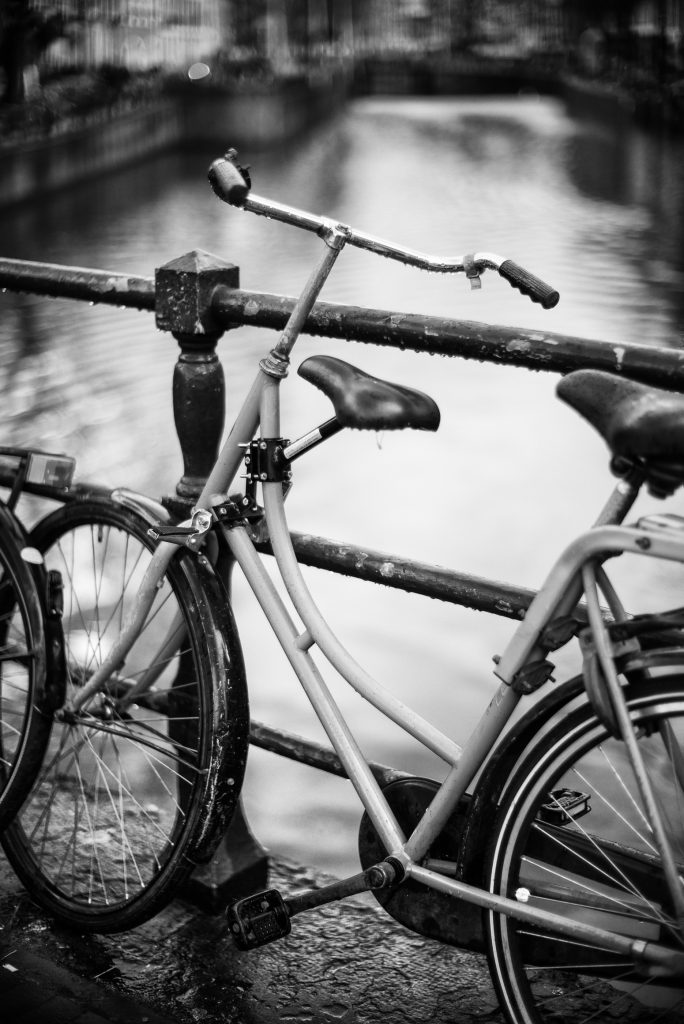





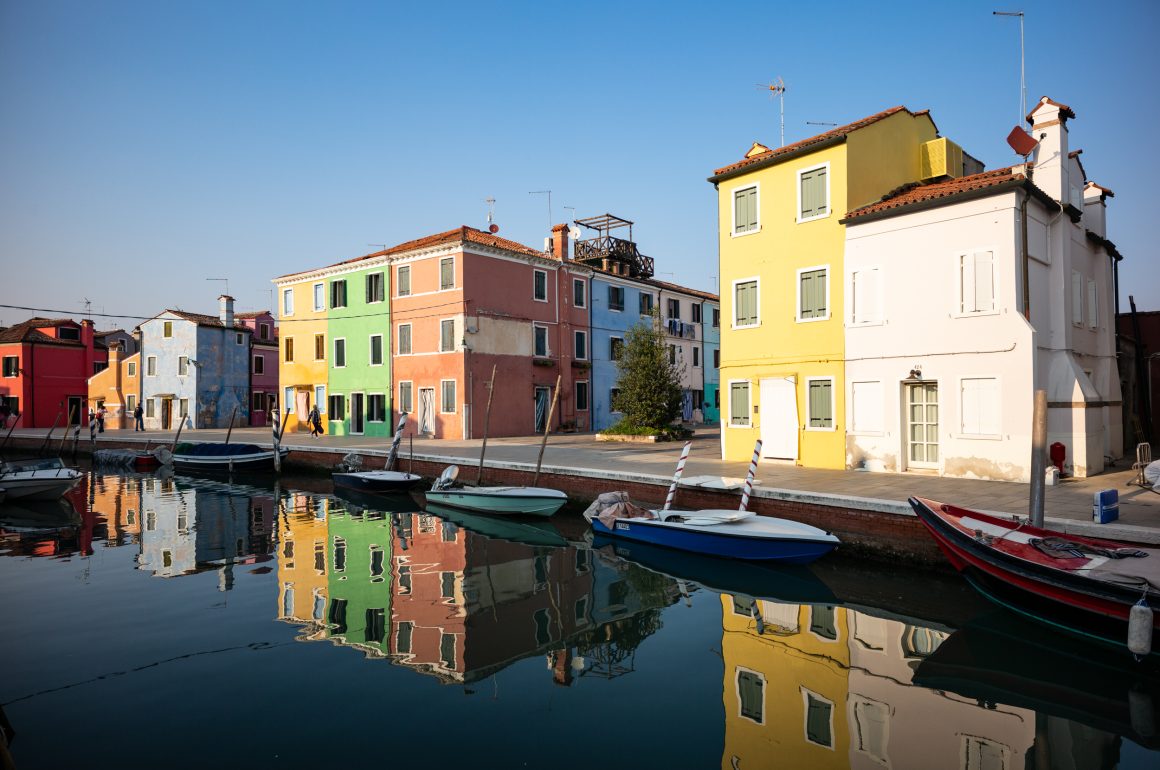
Leave a Comment